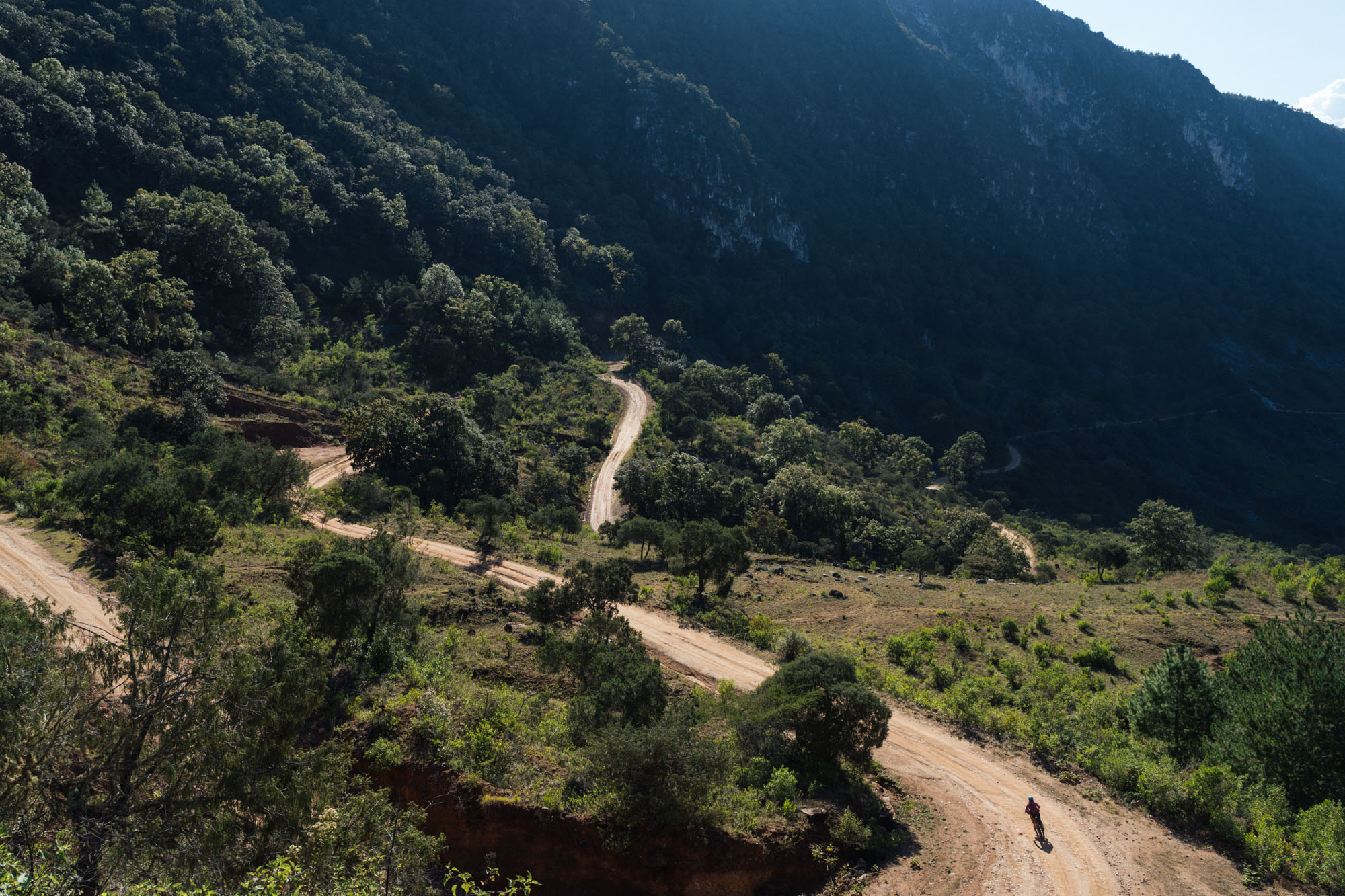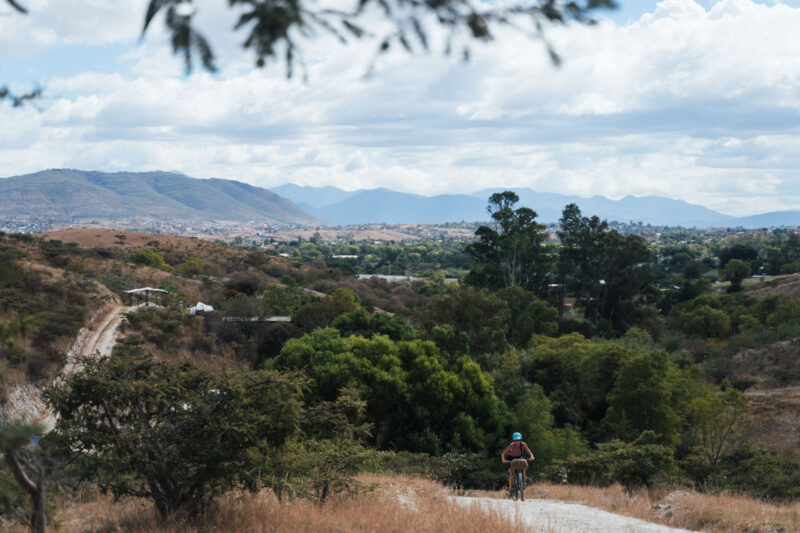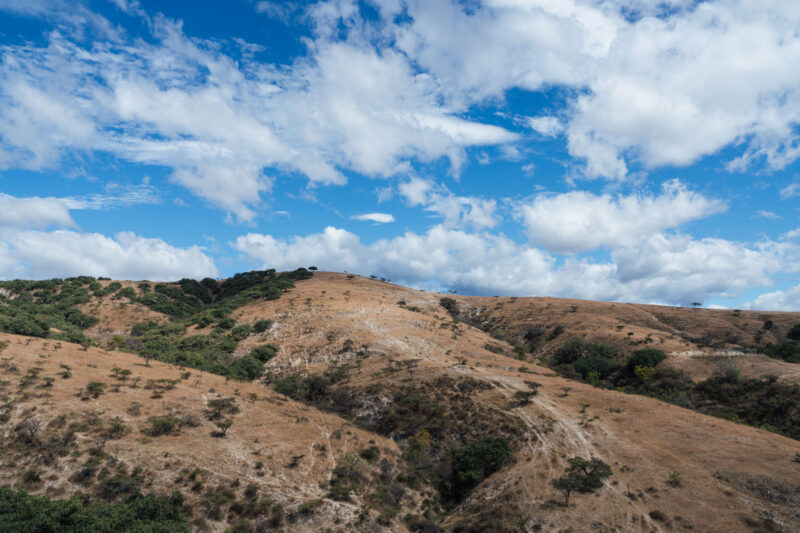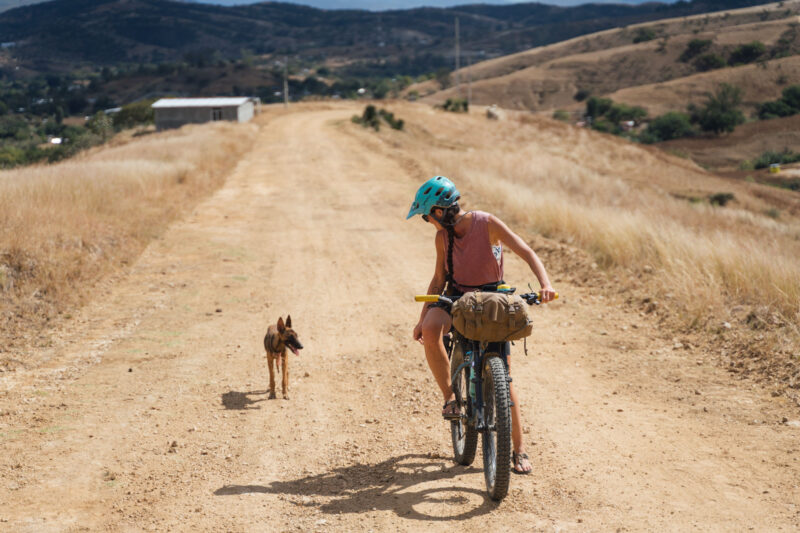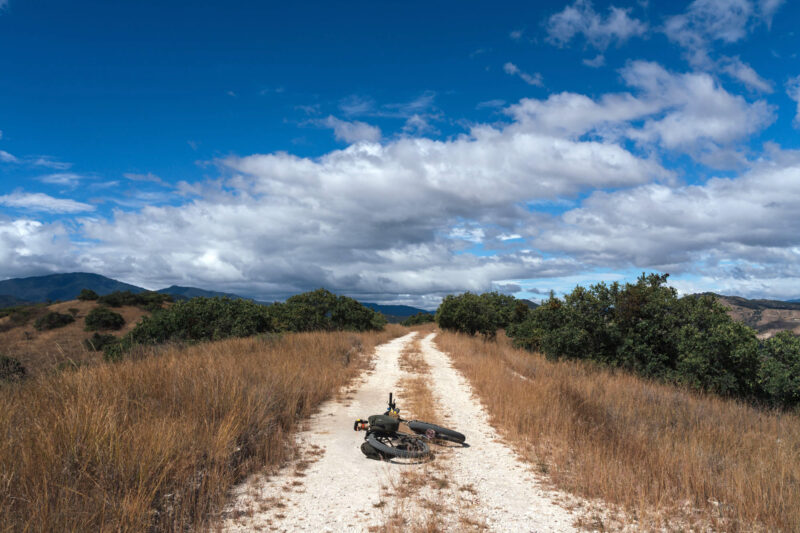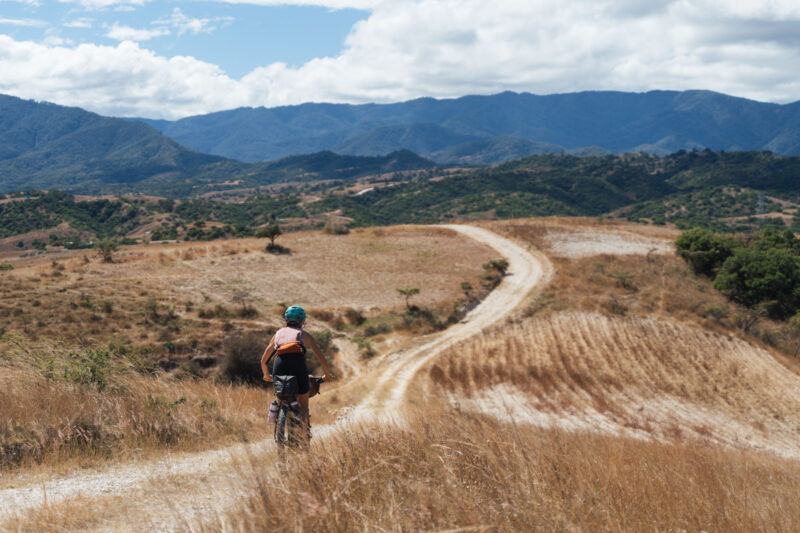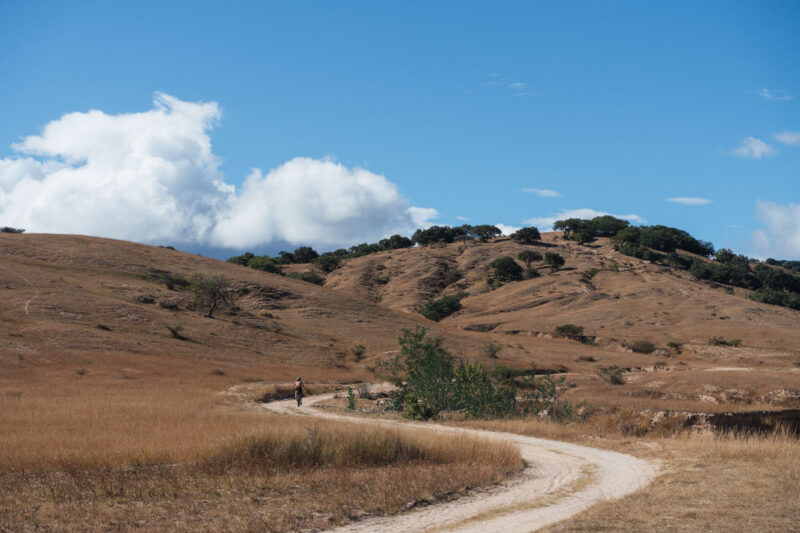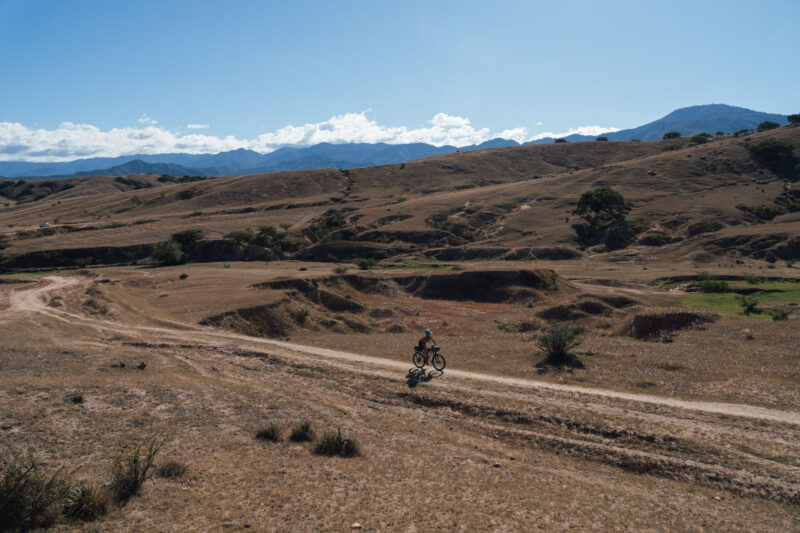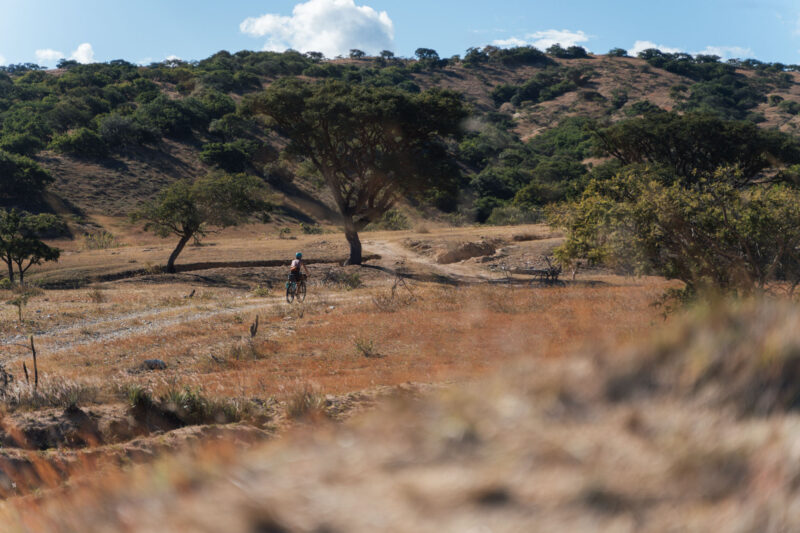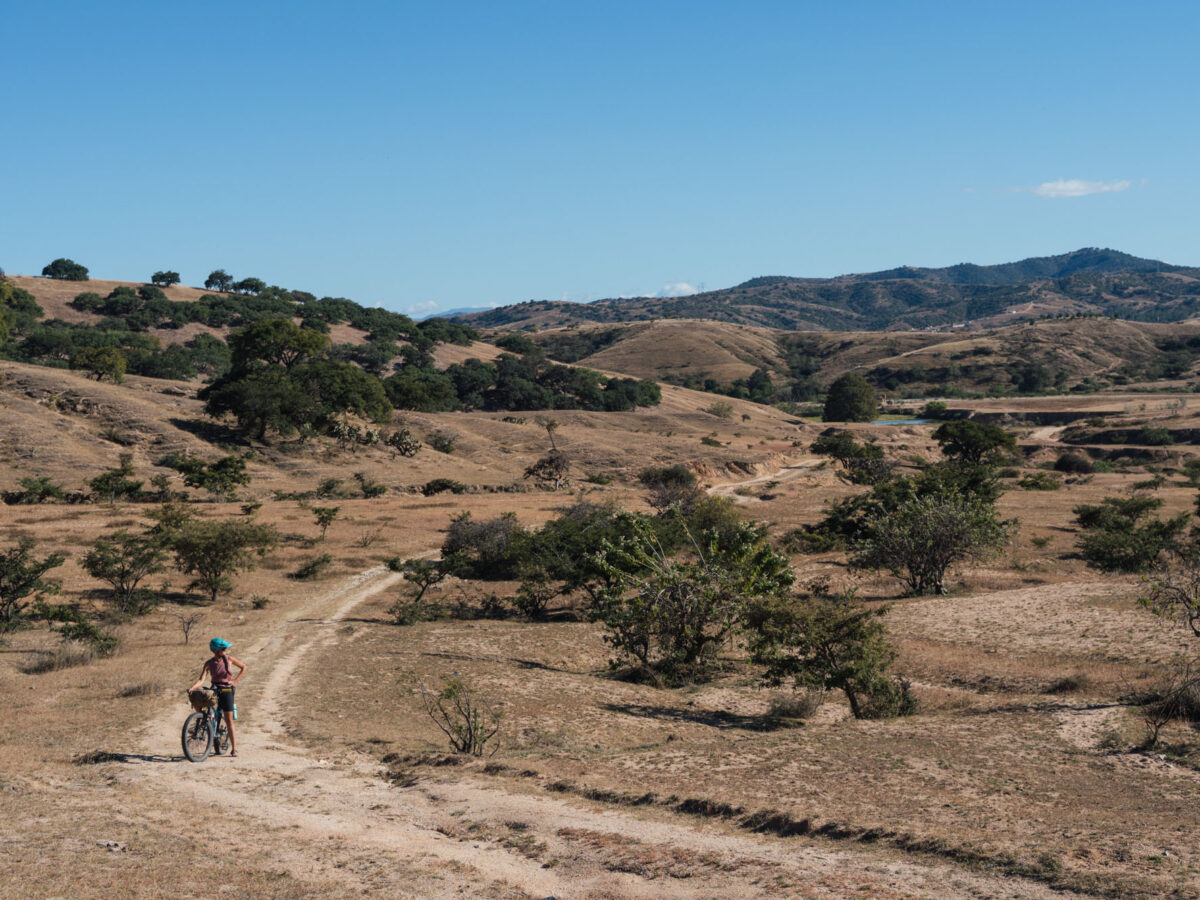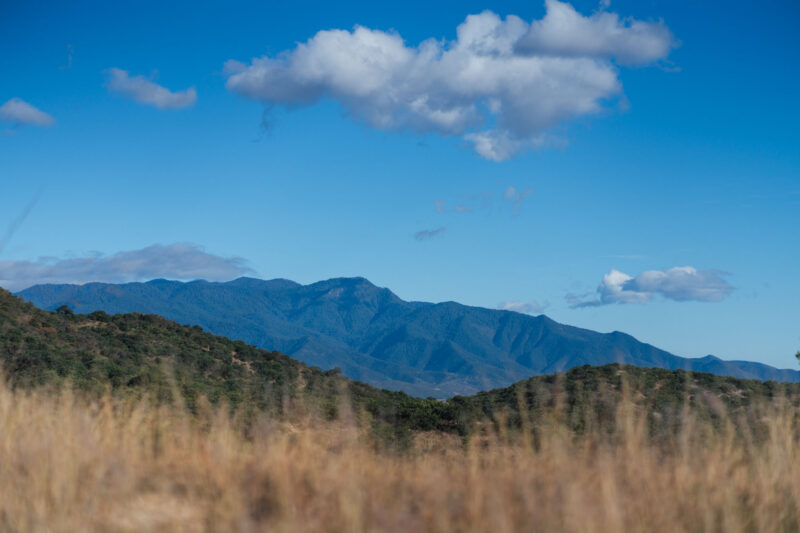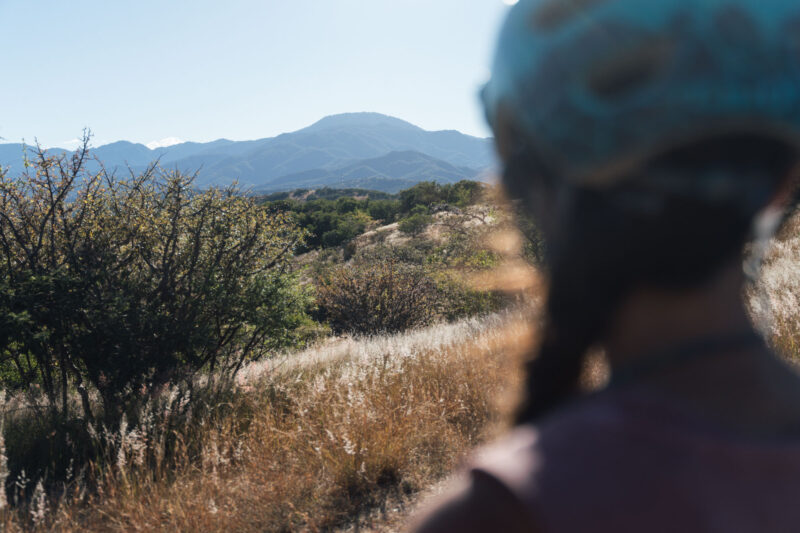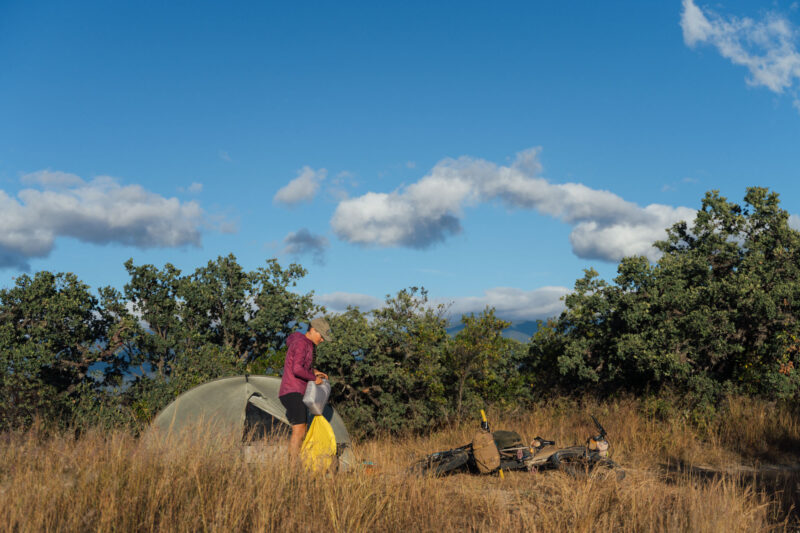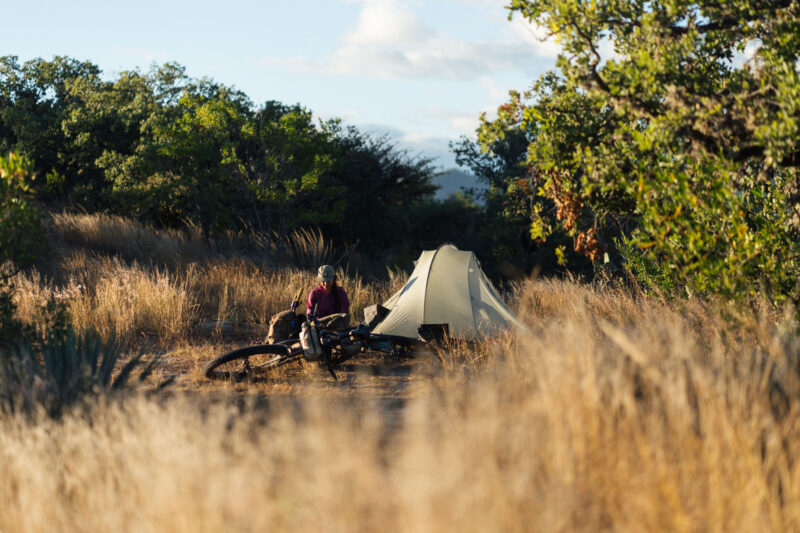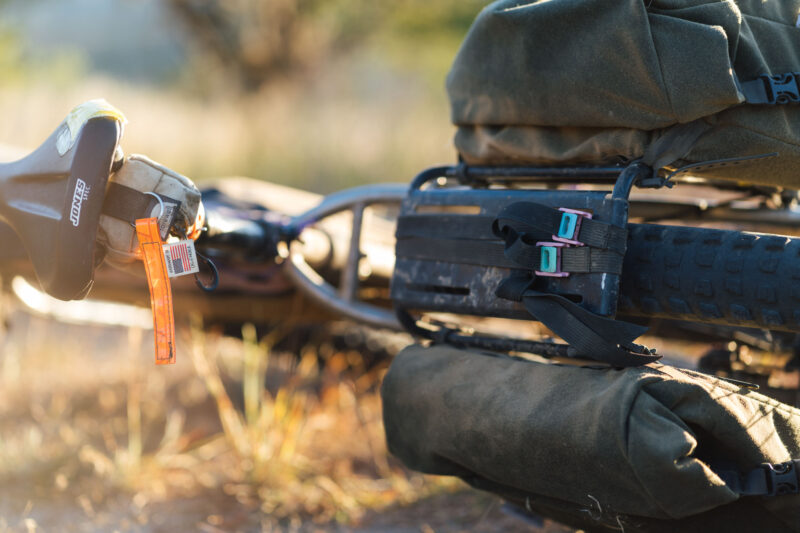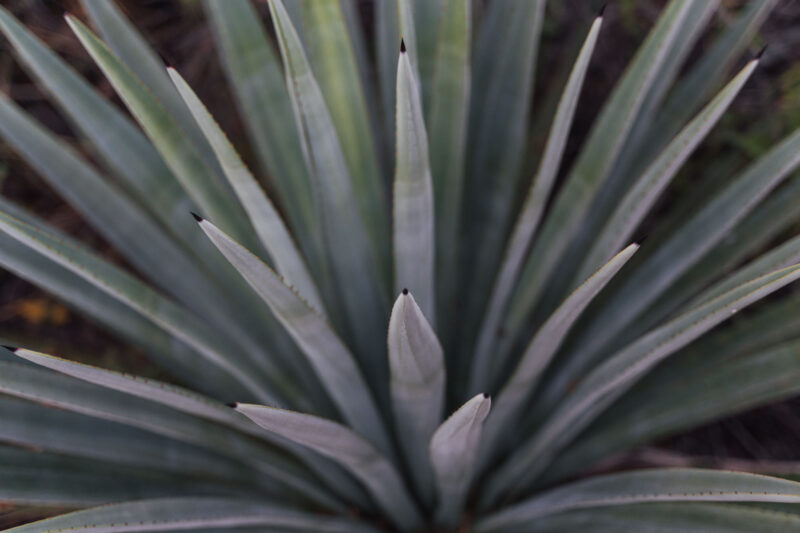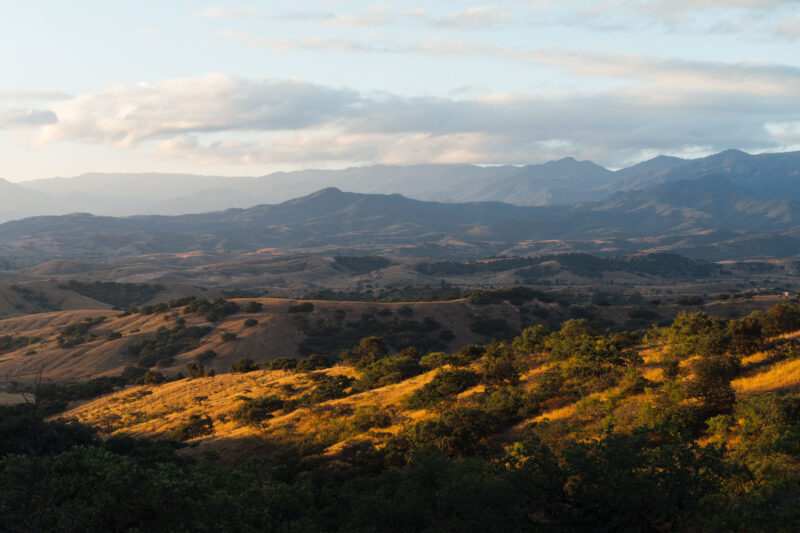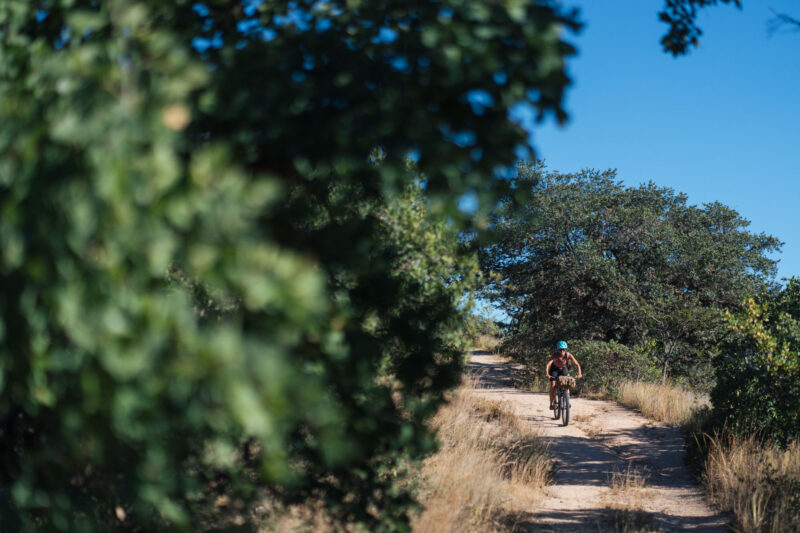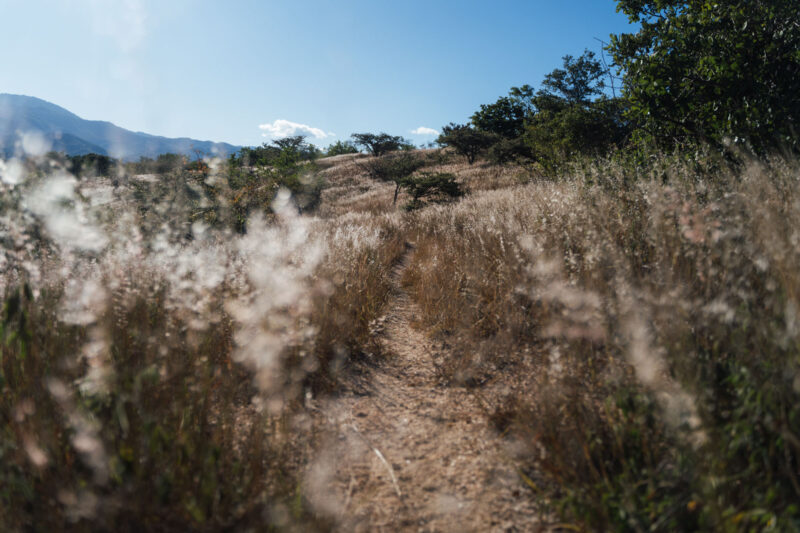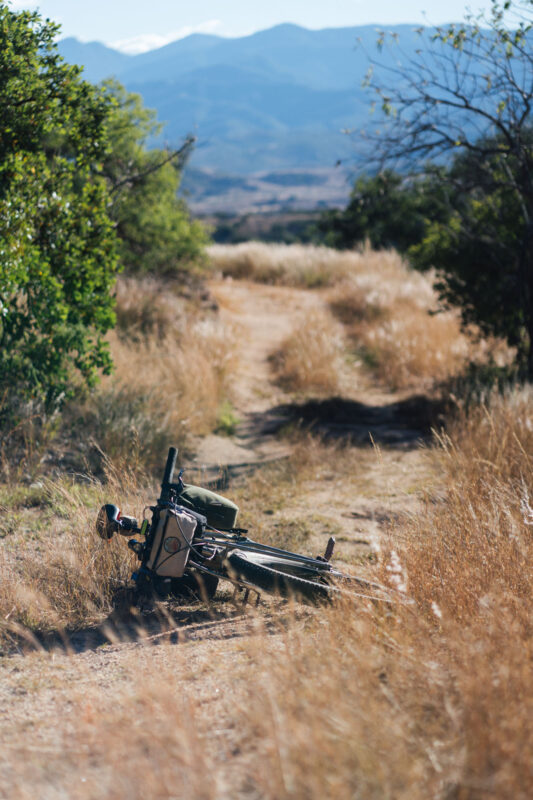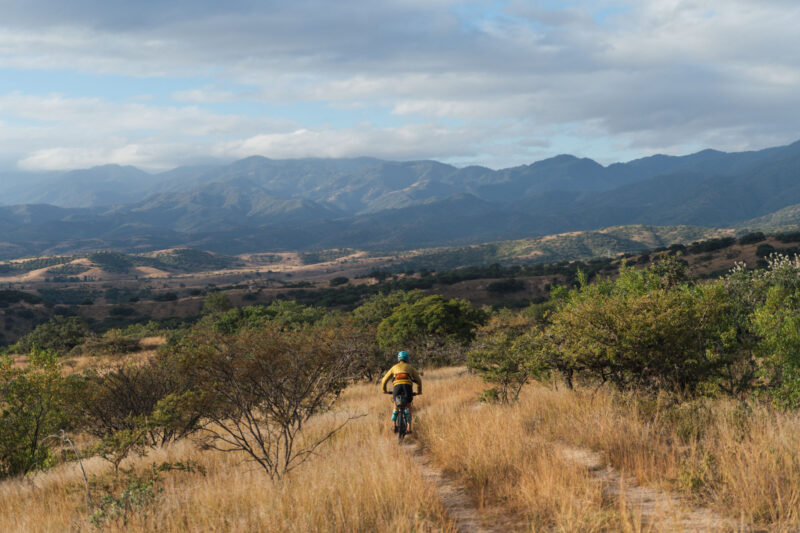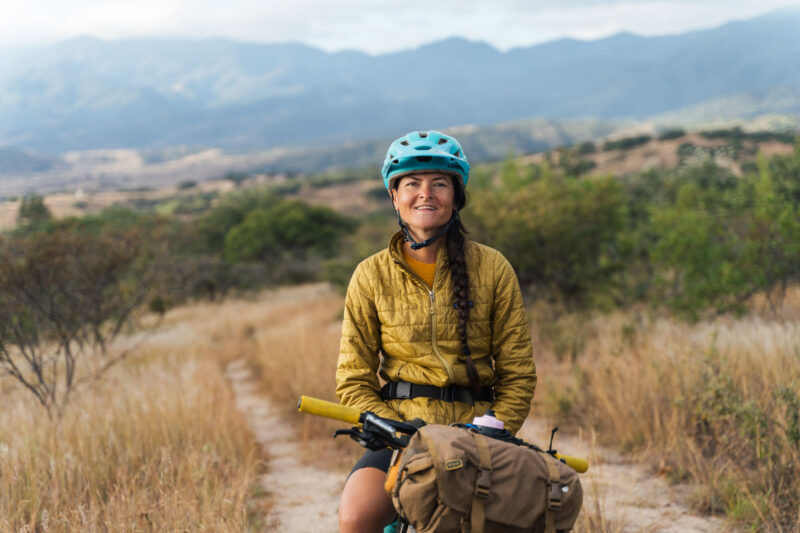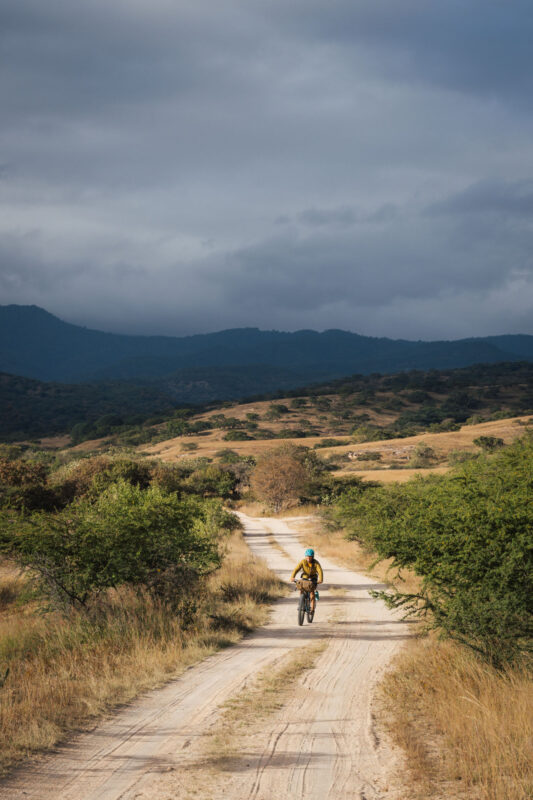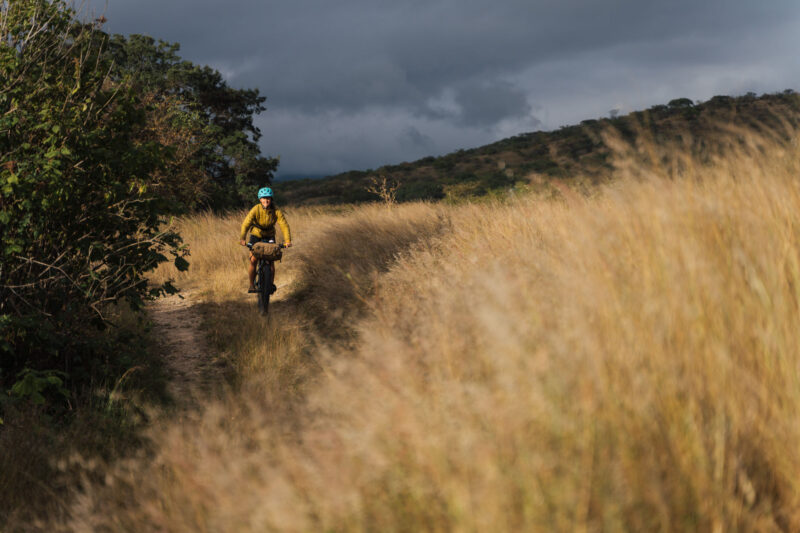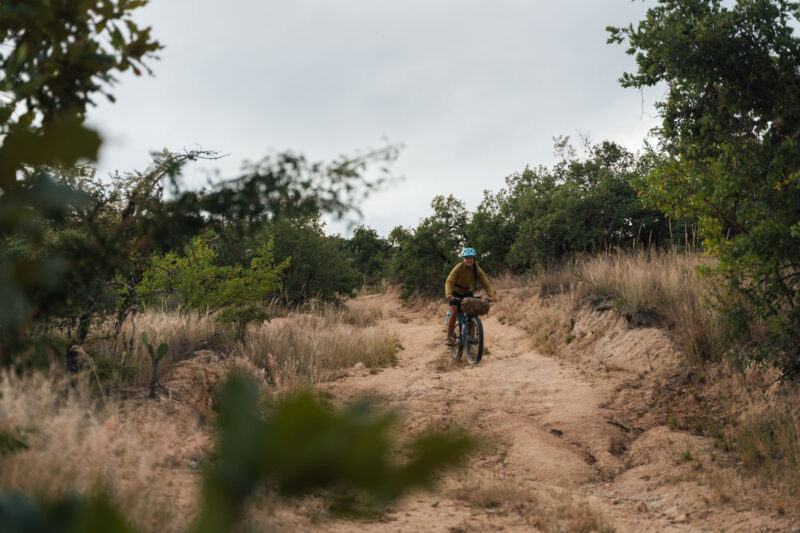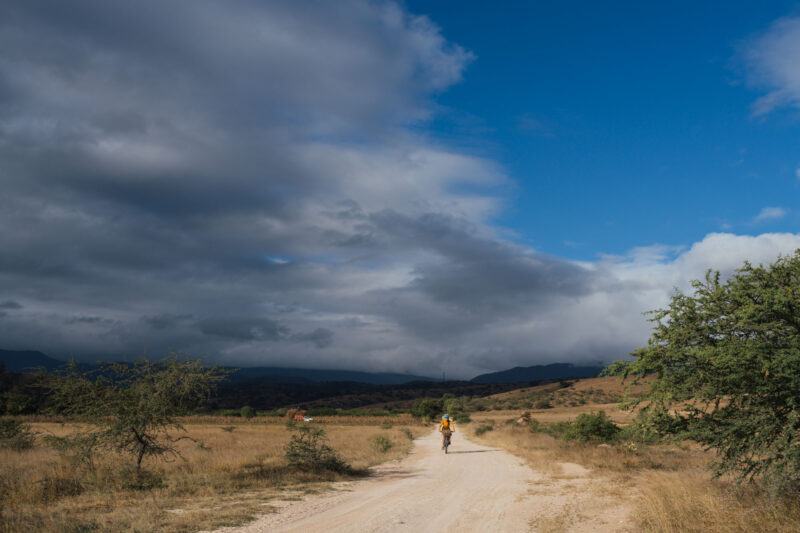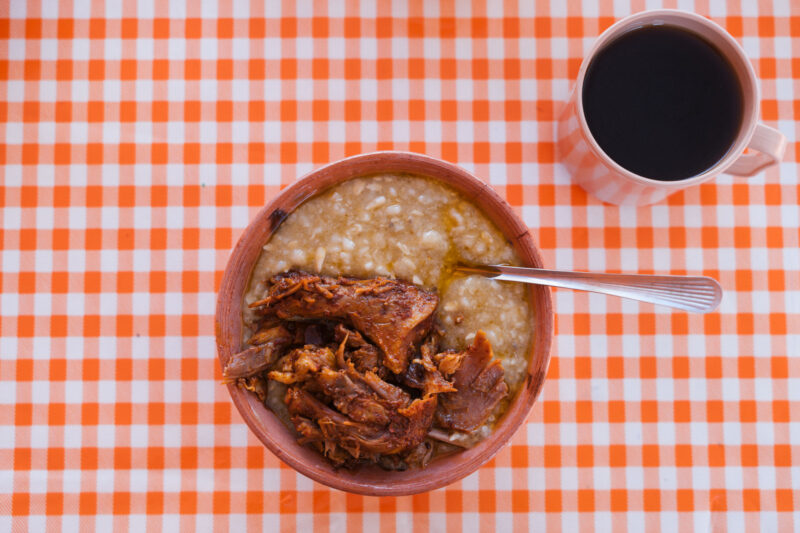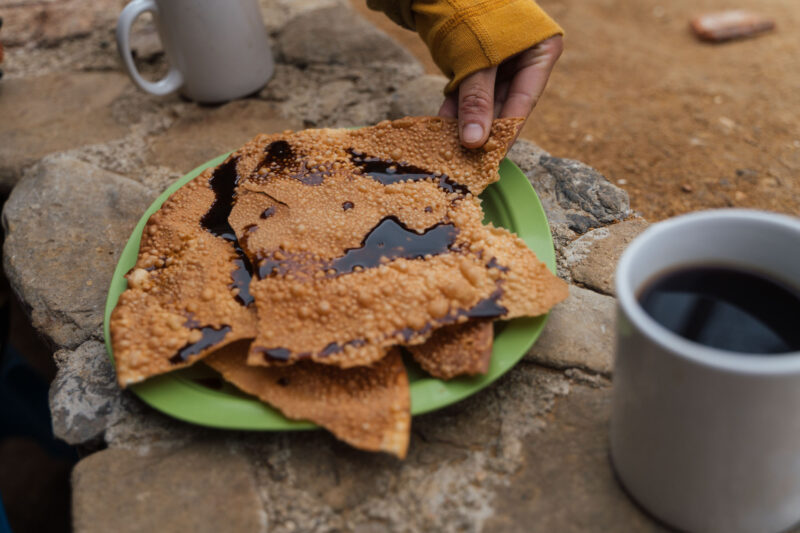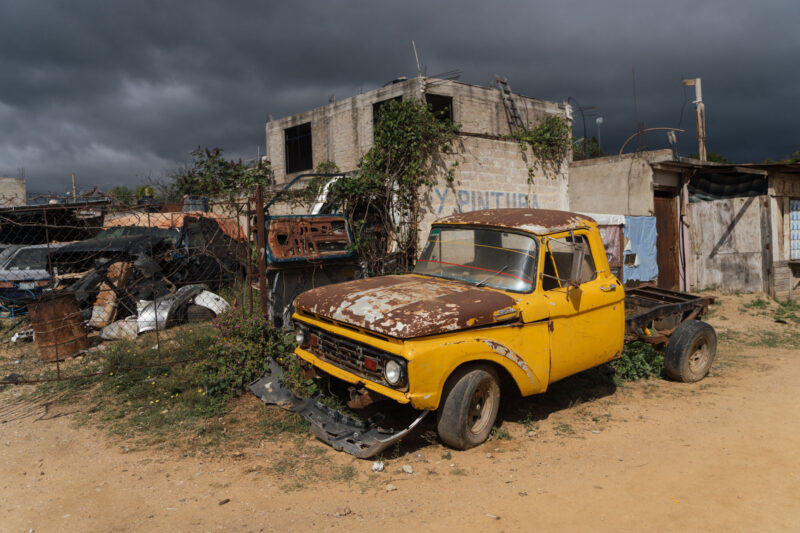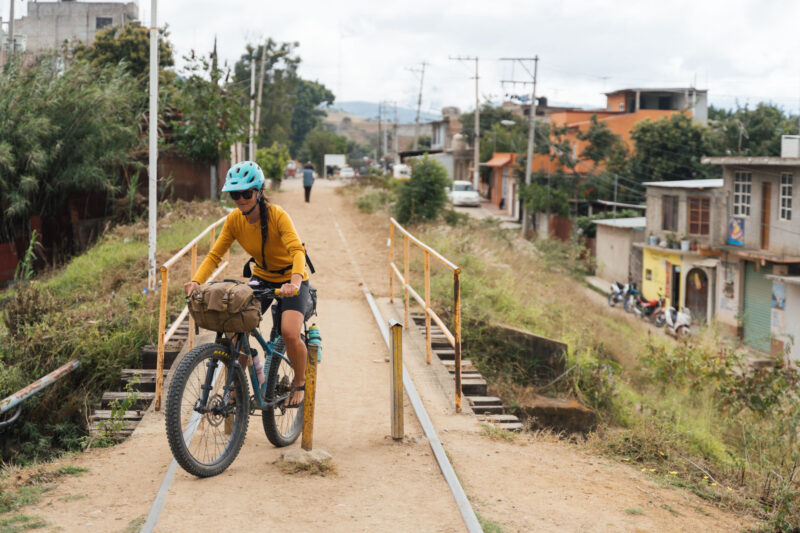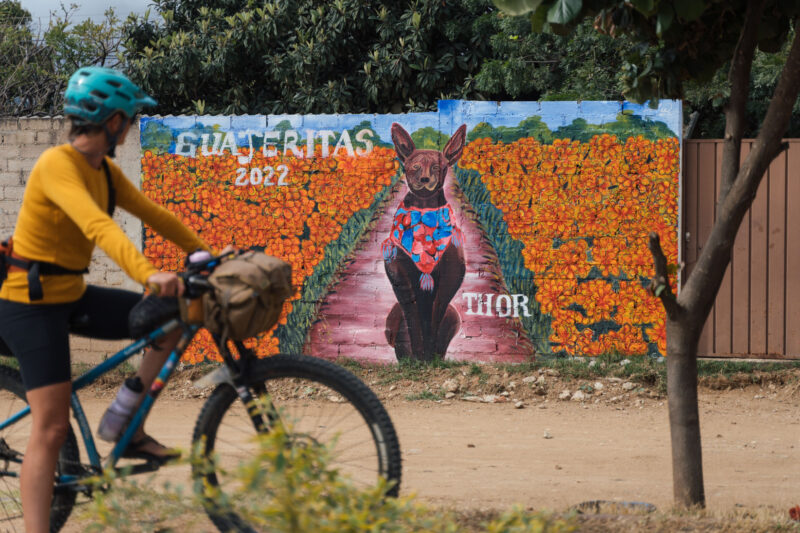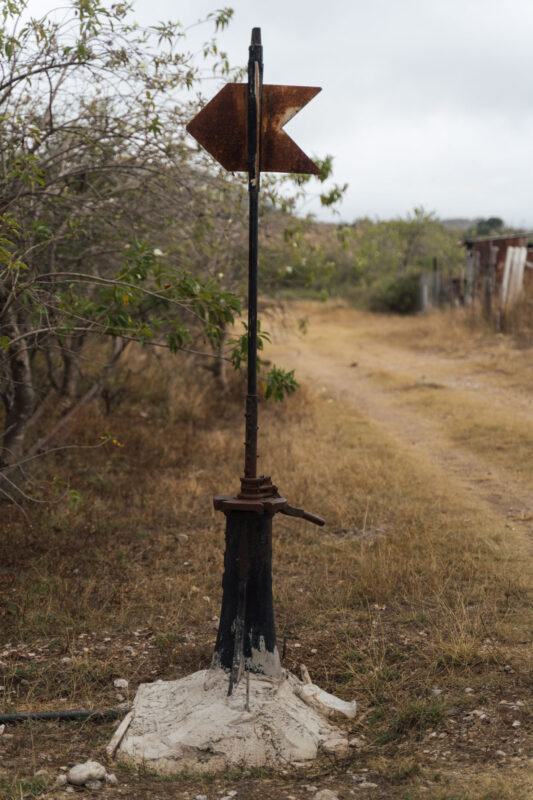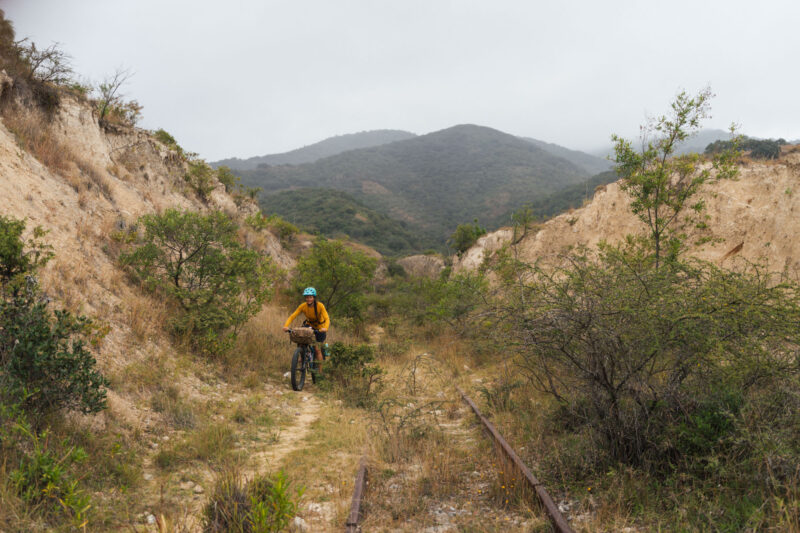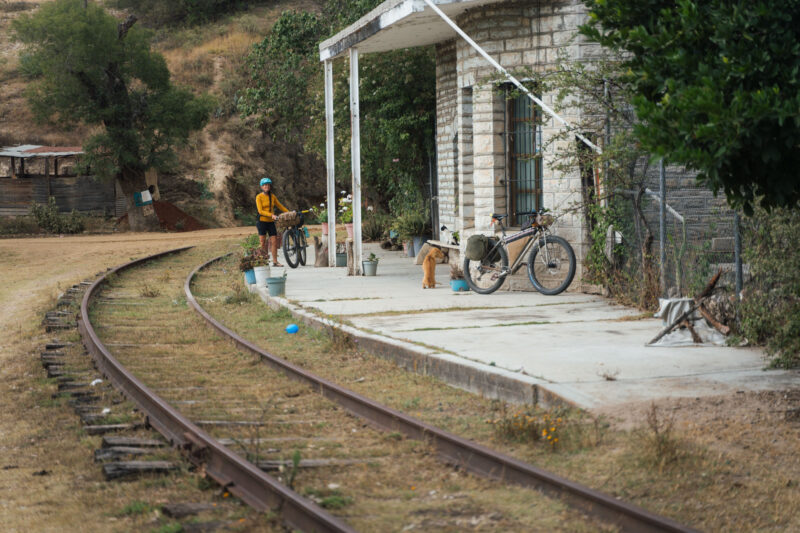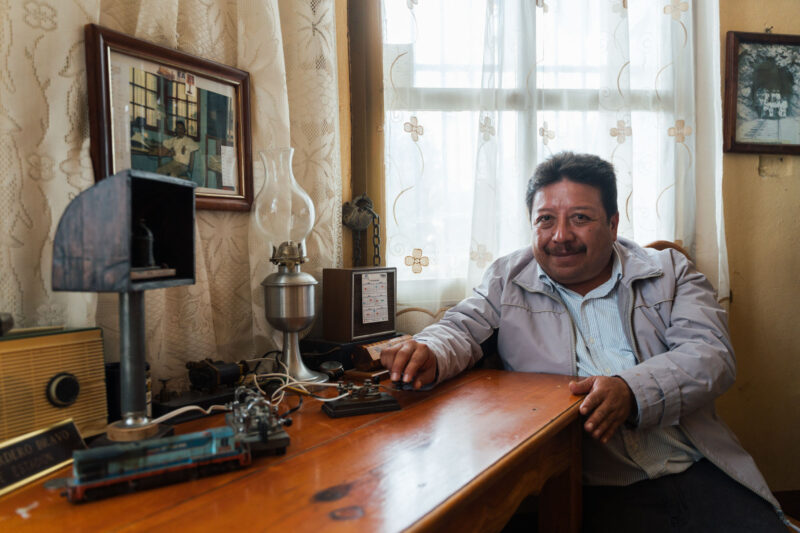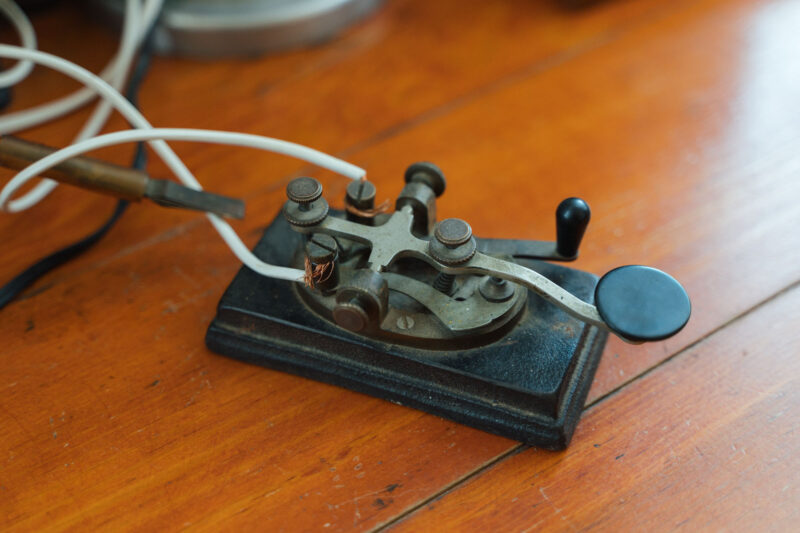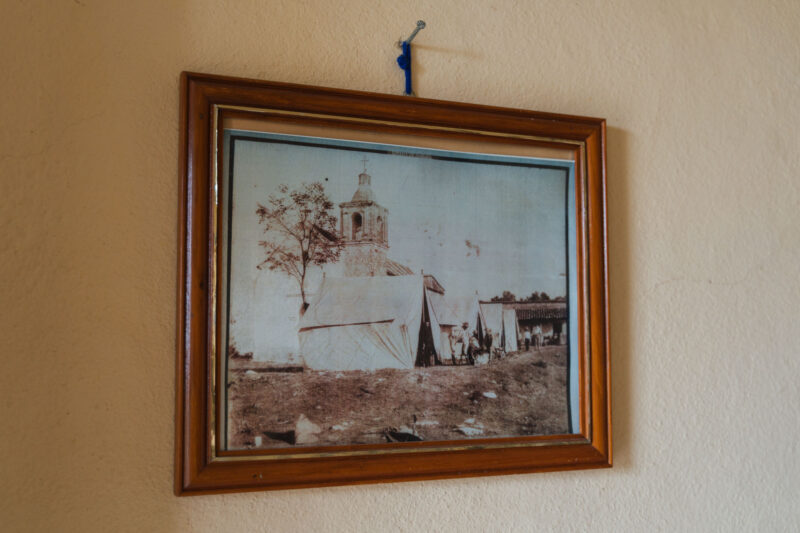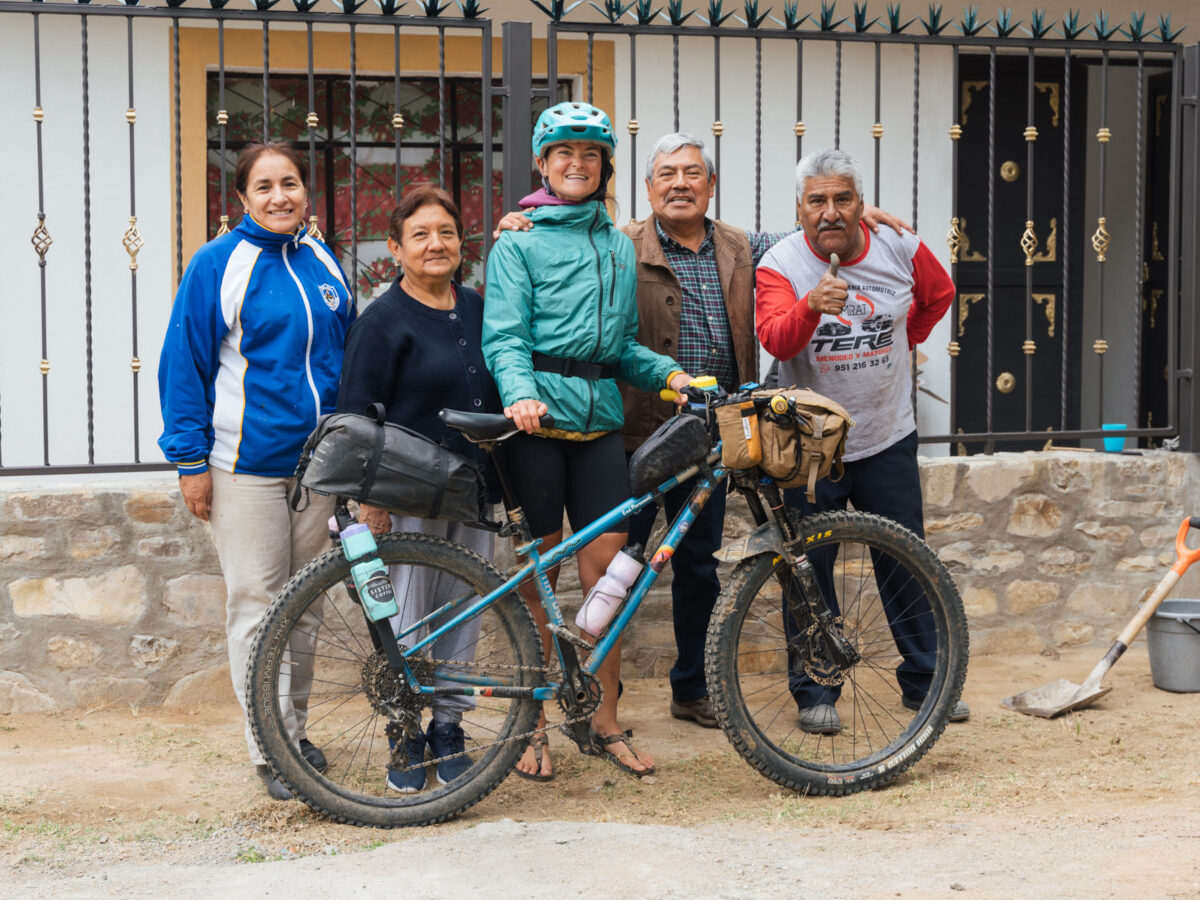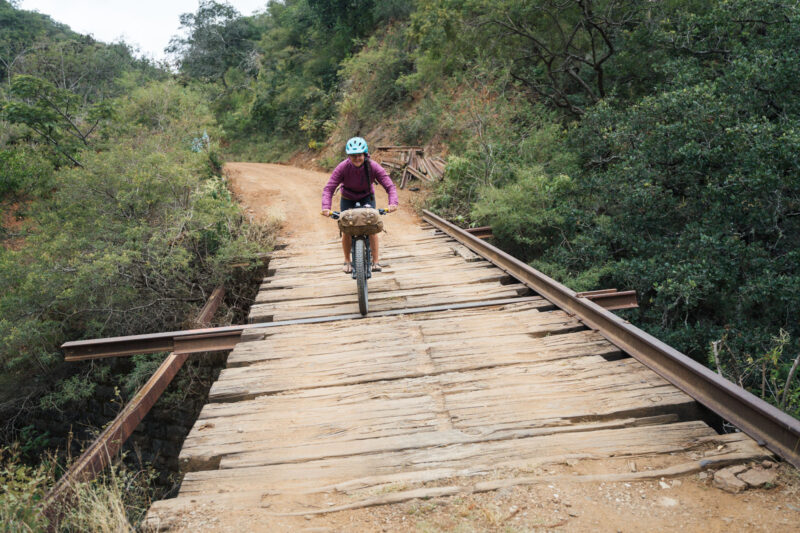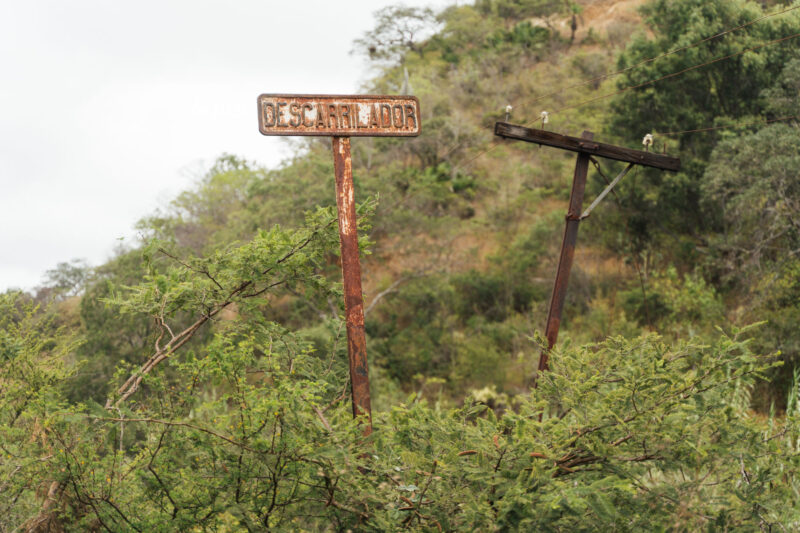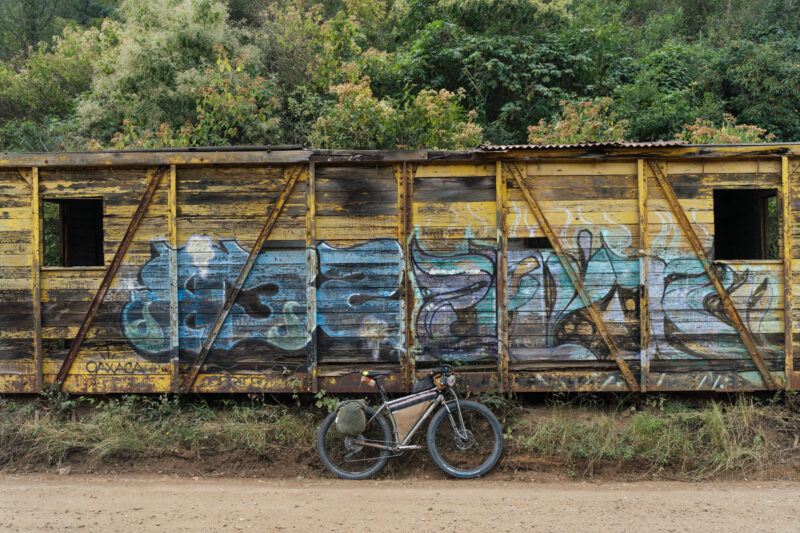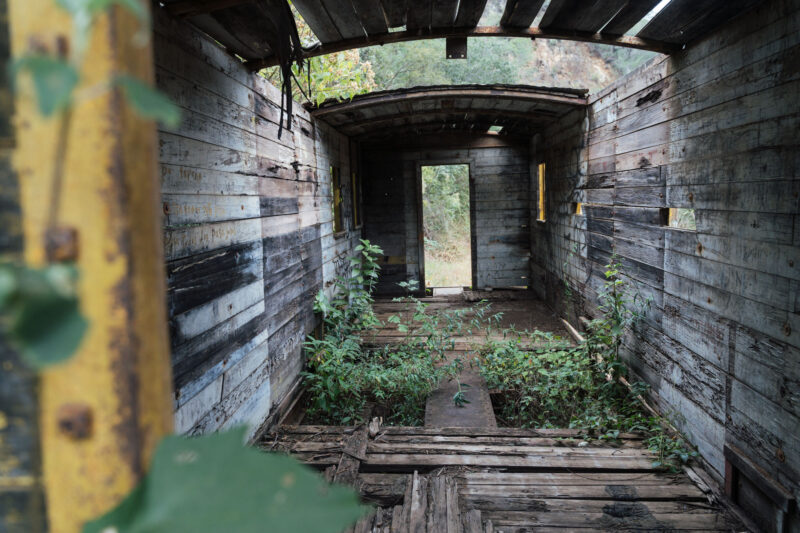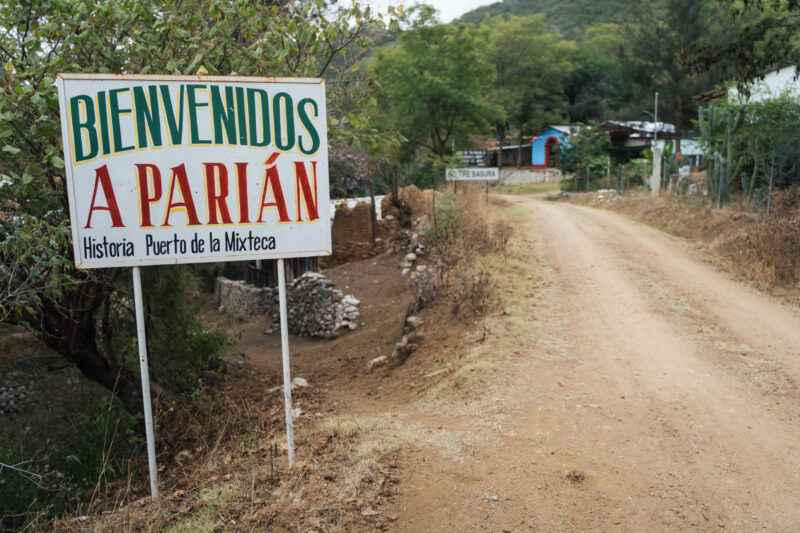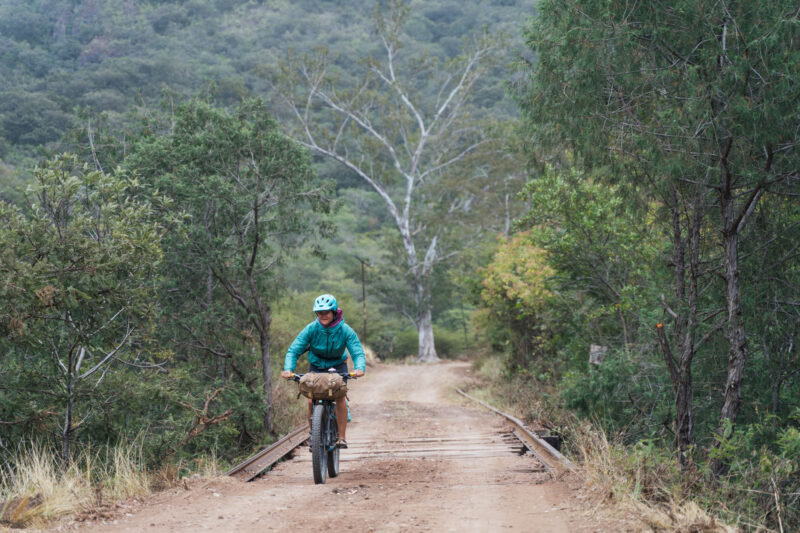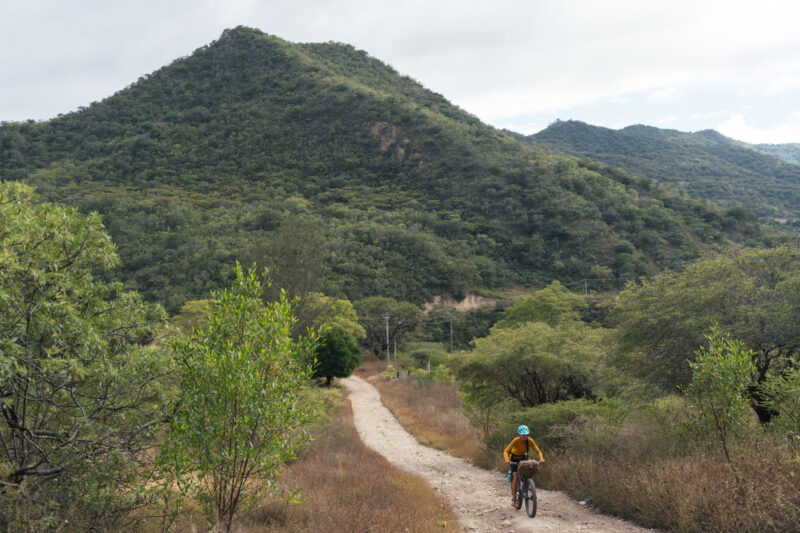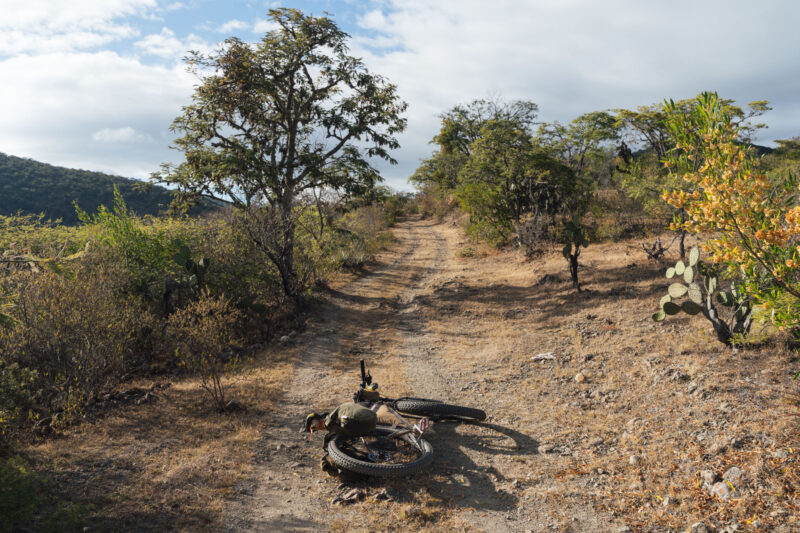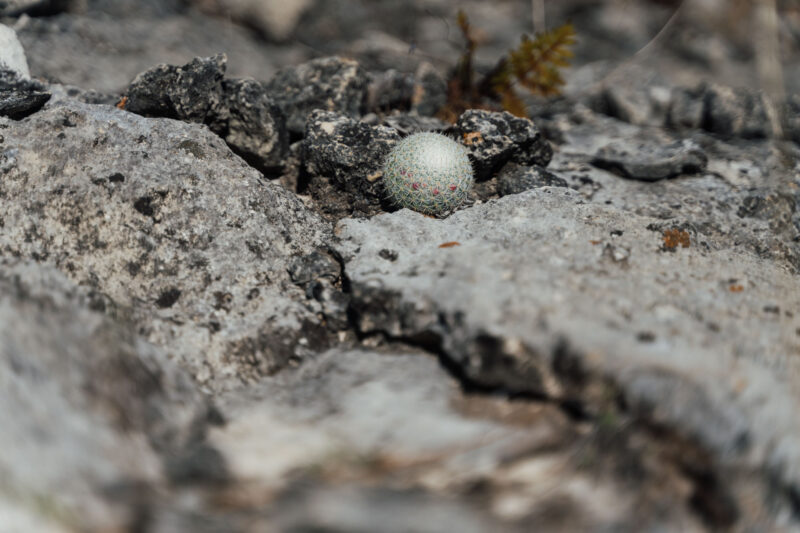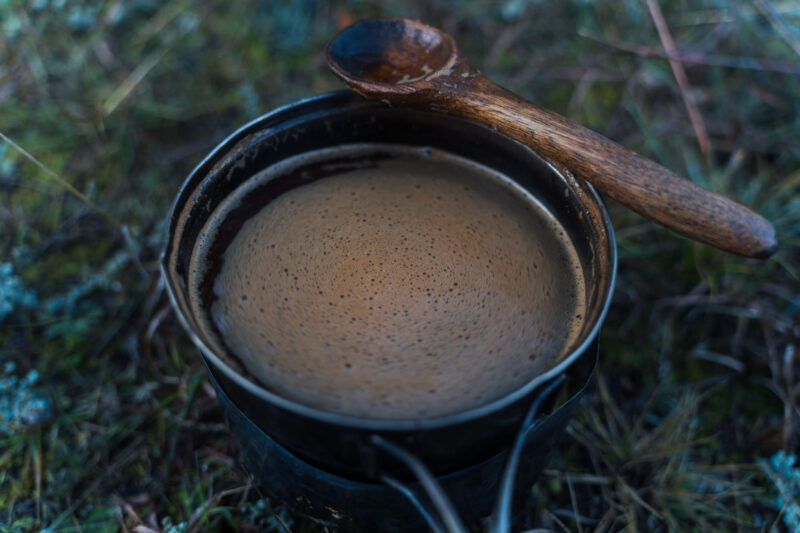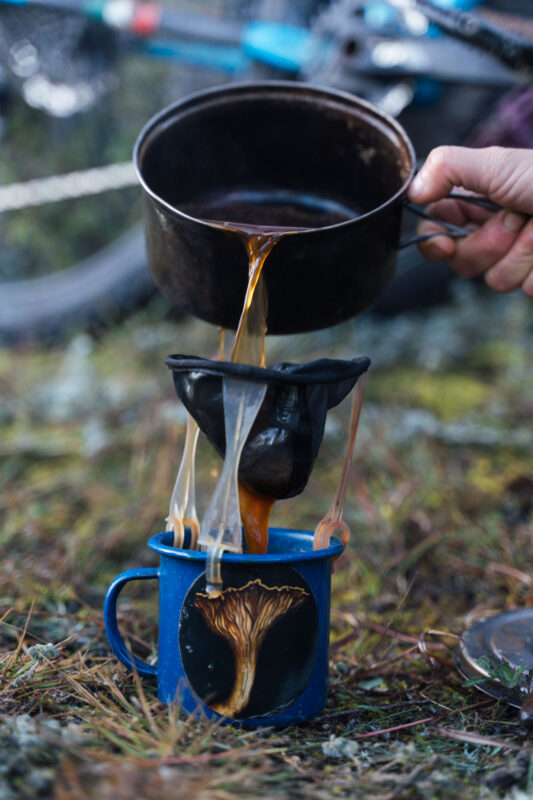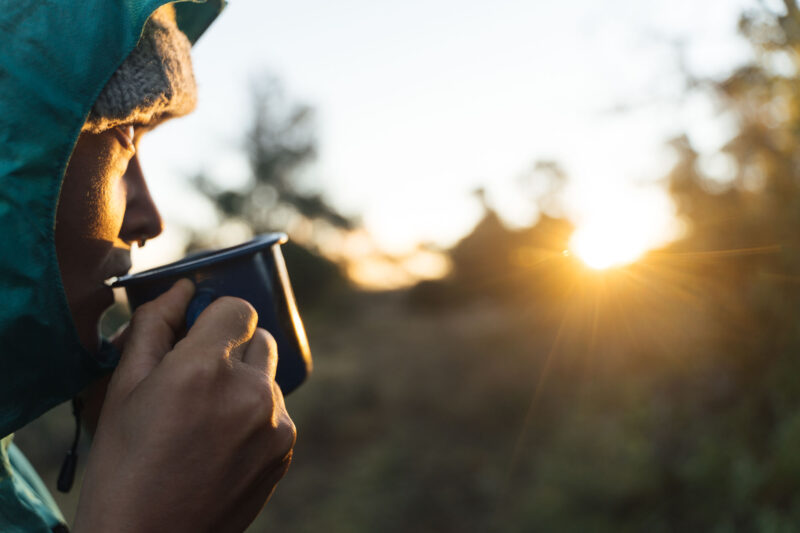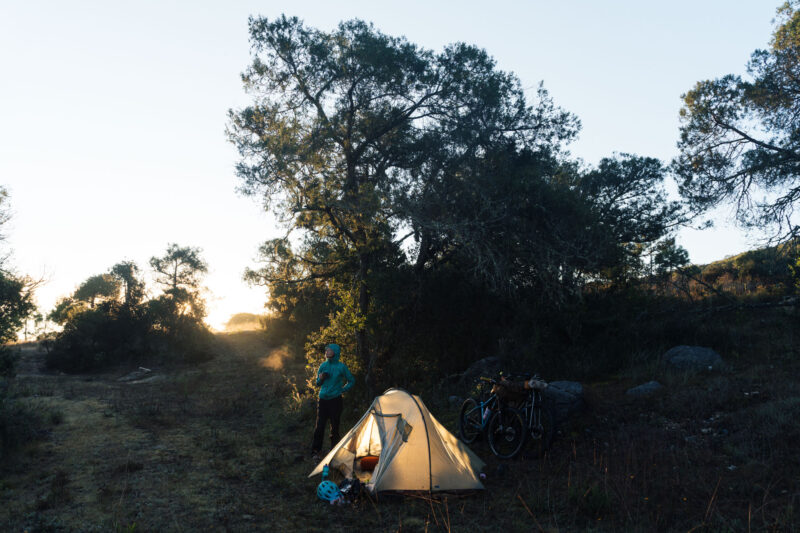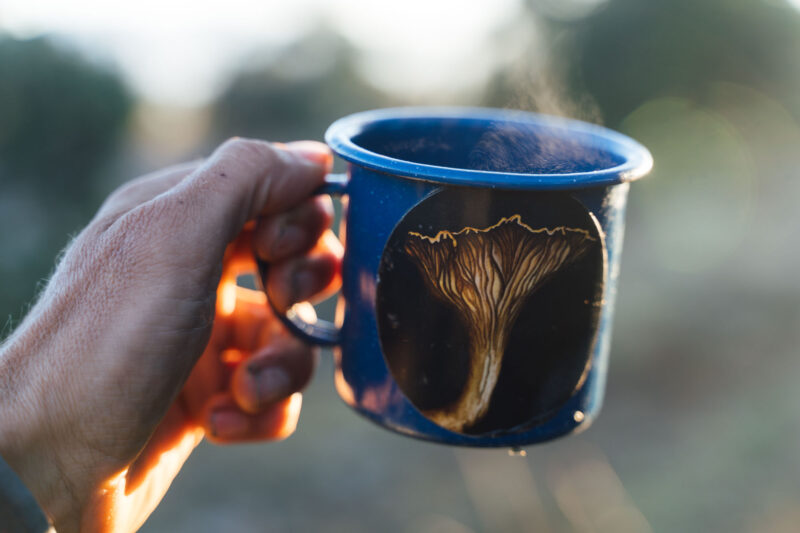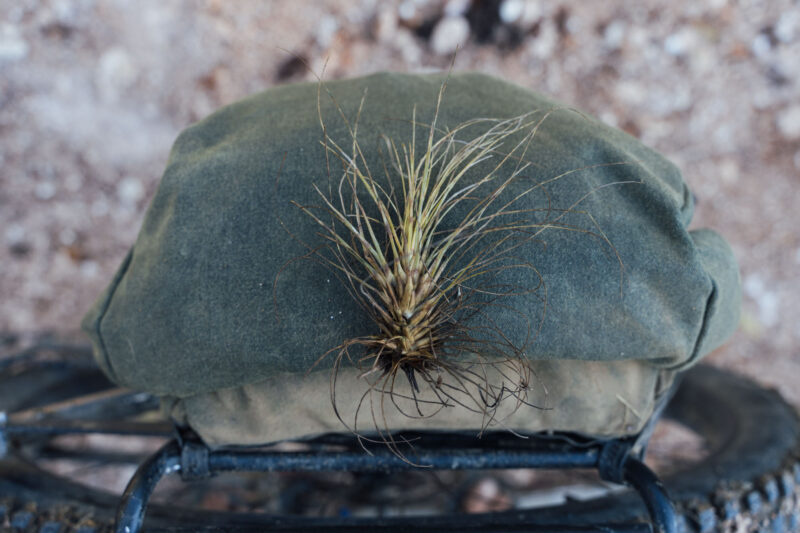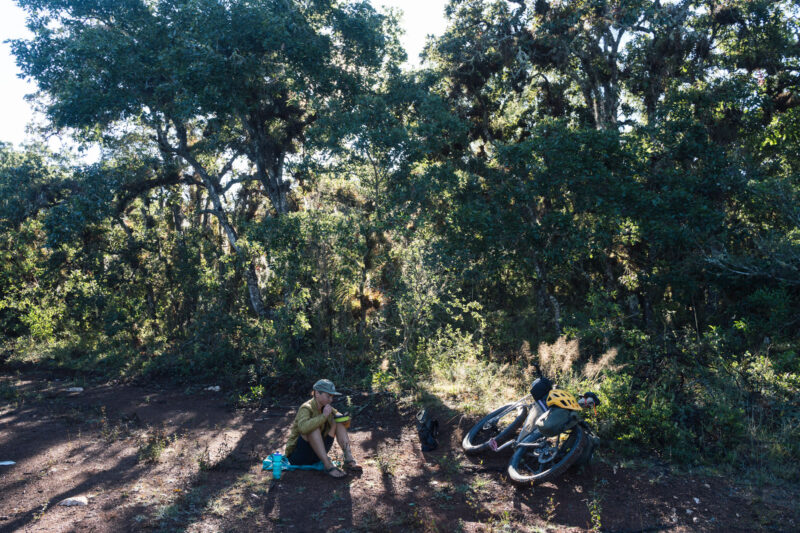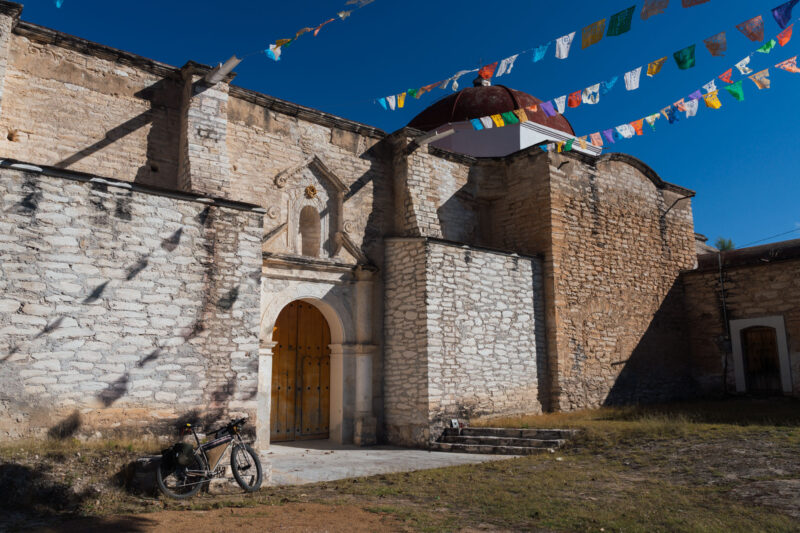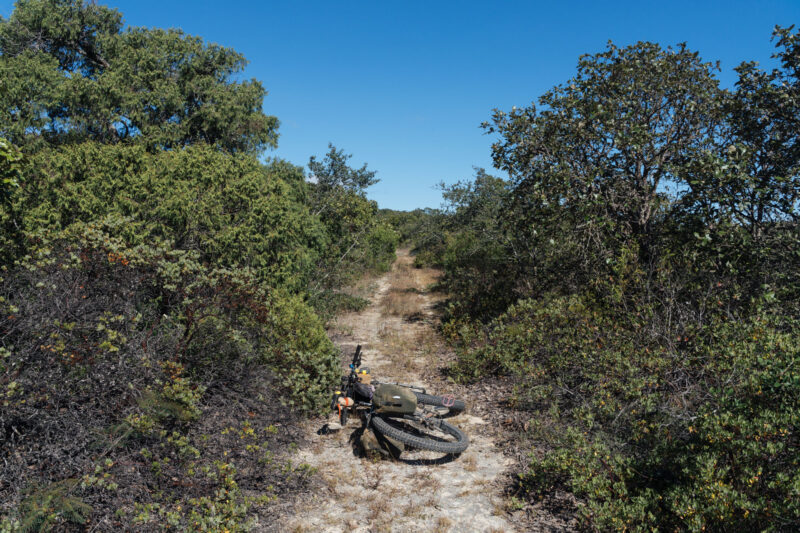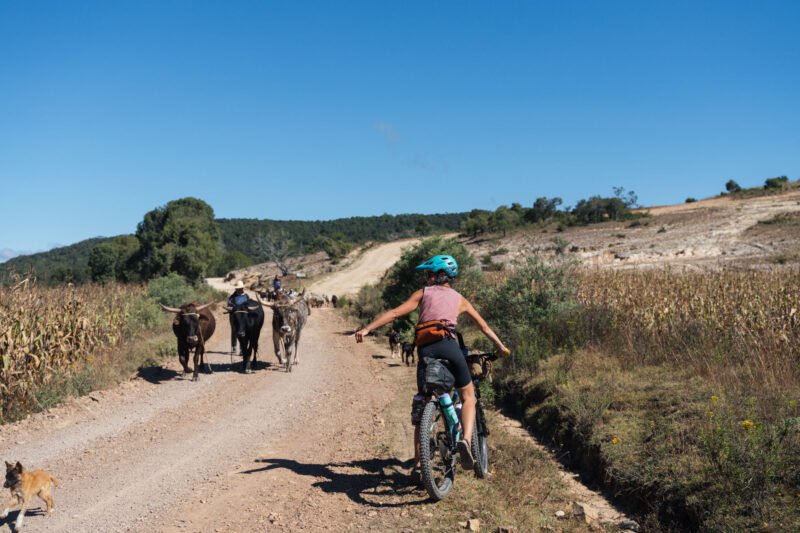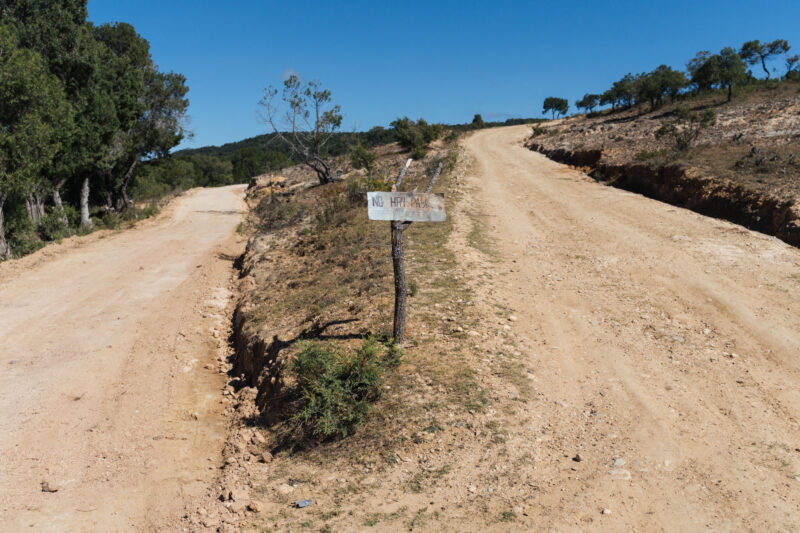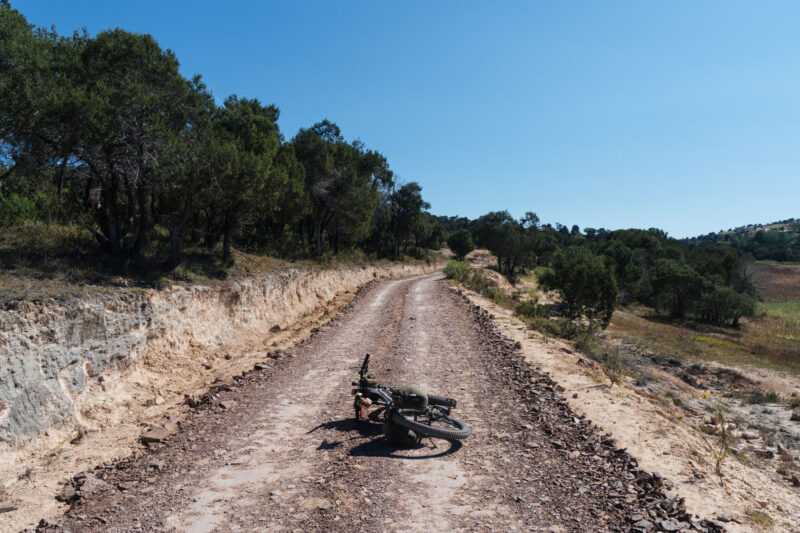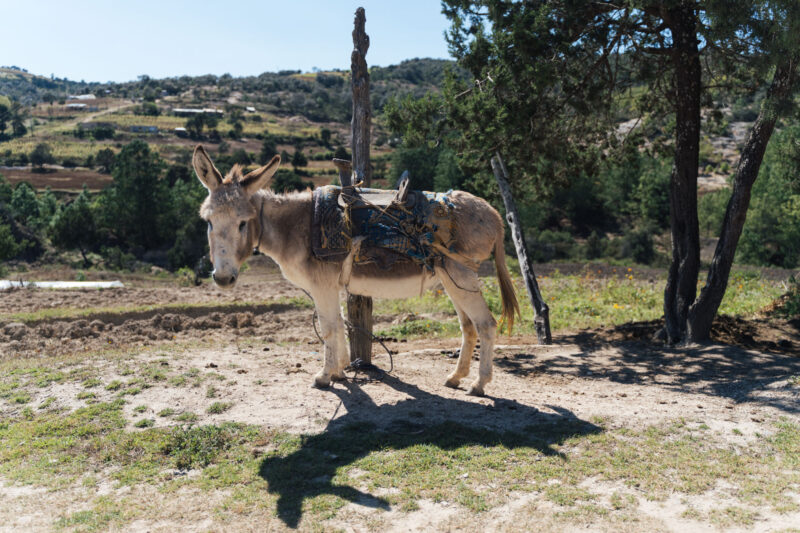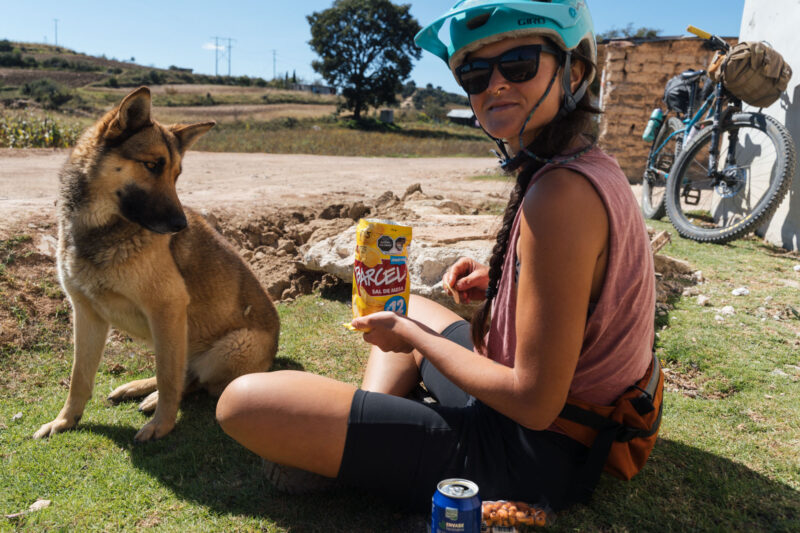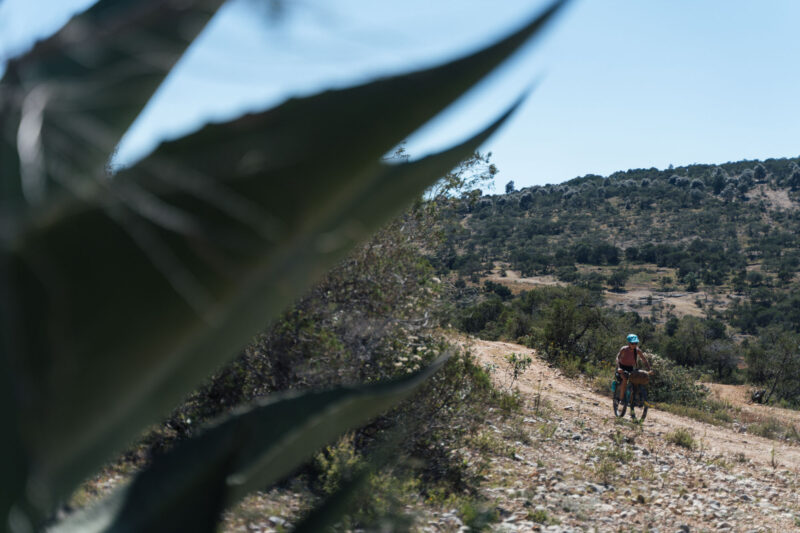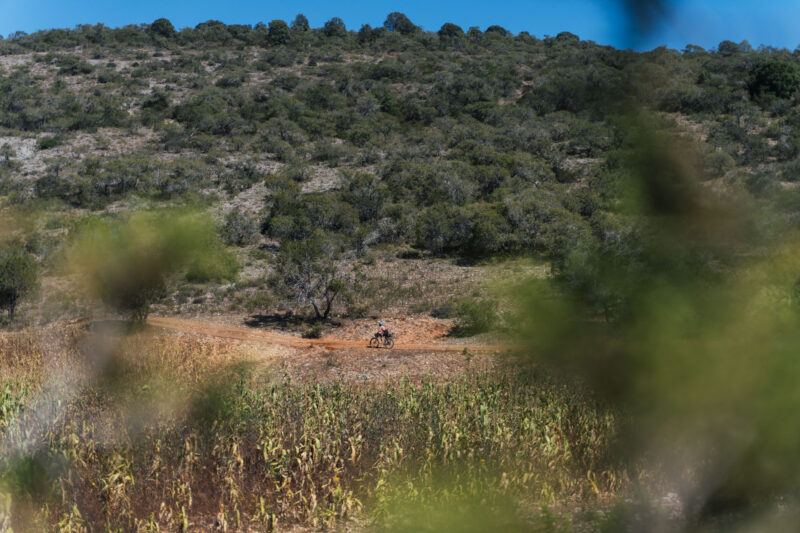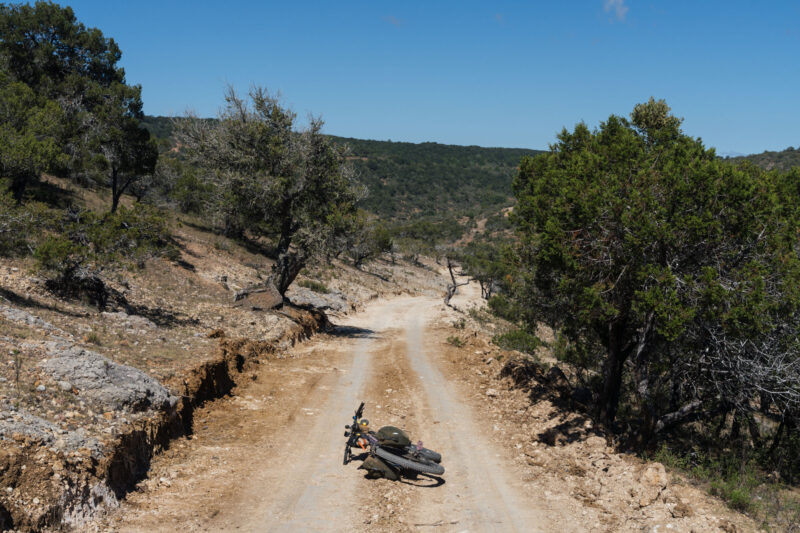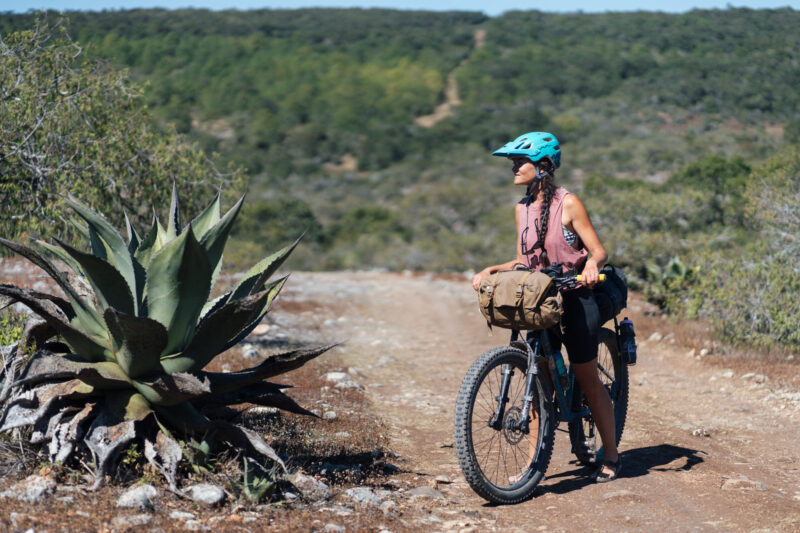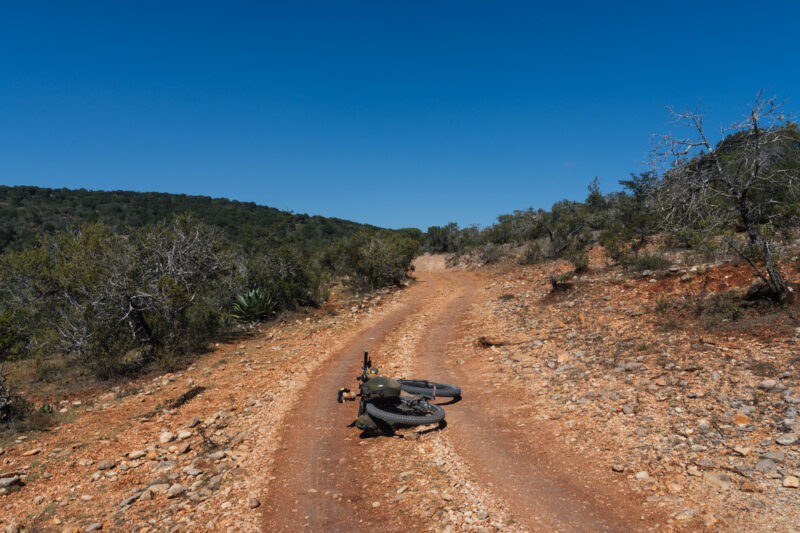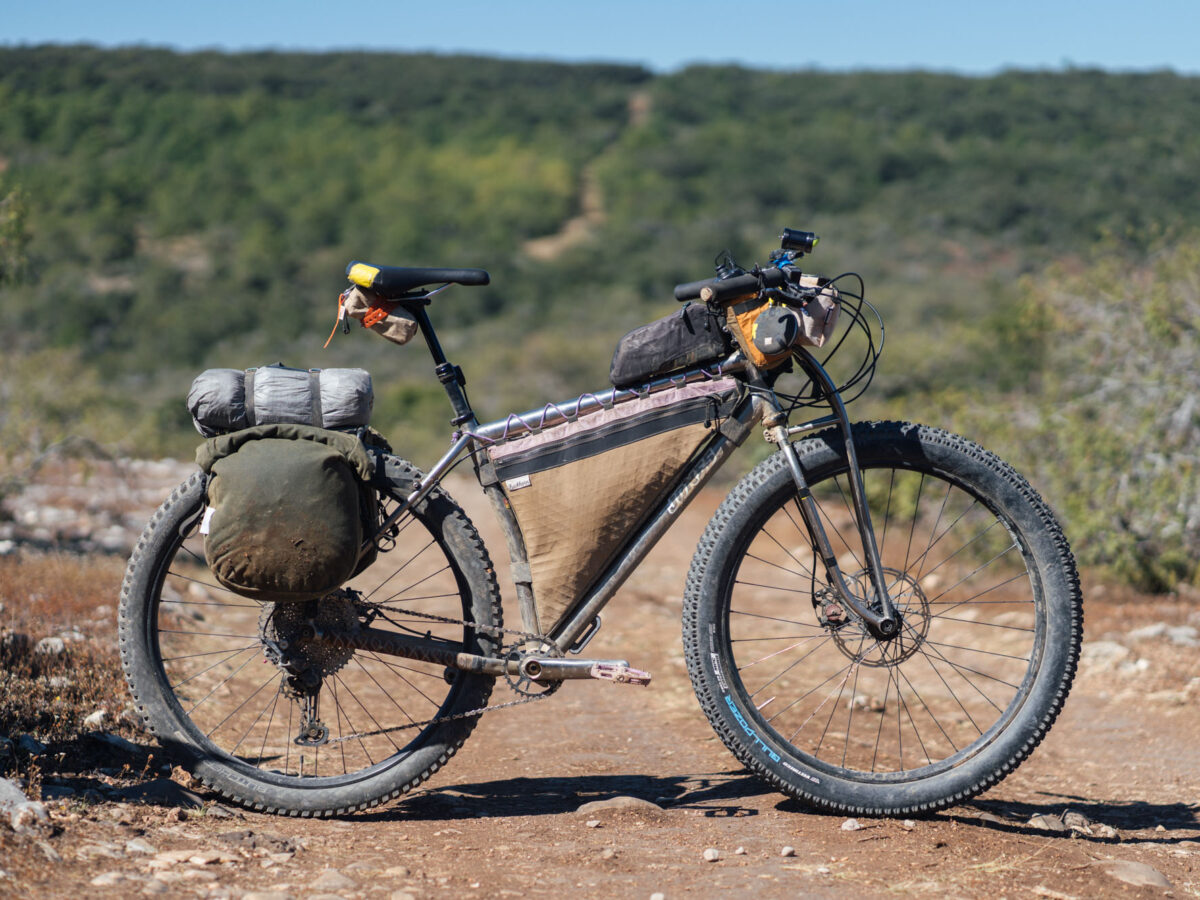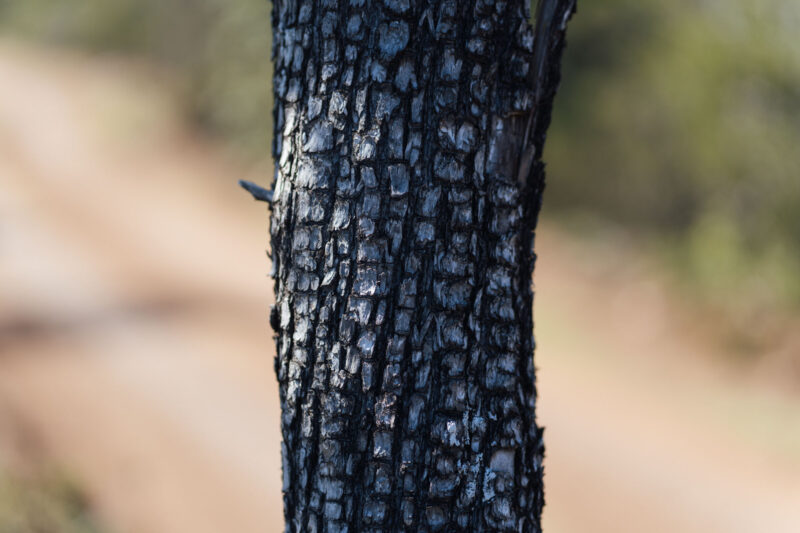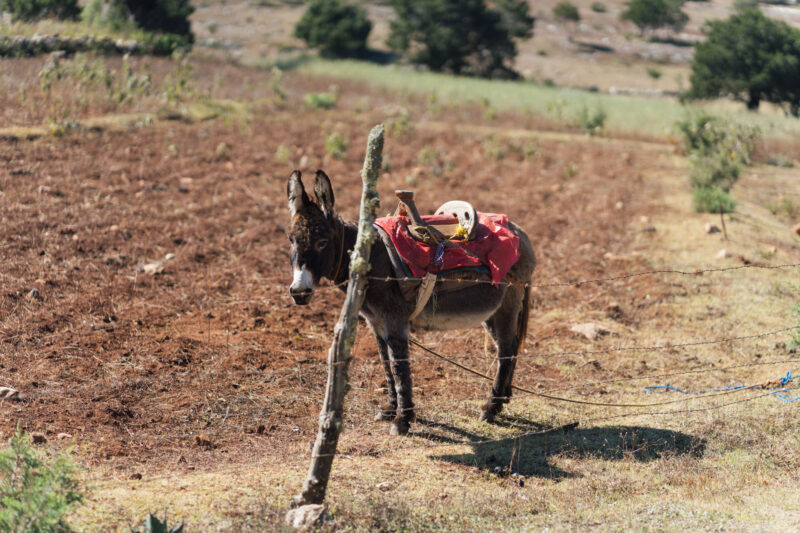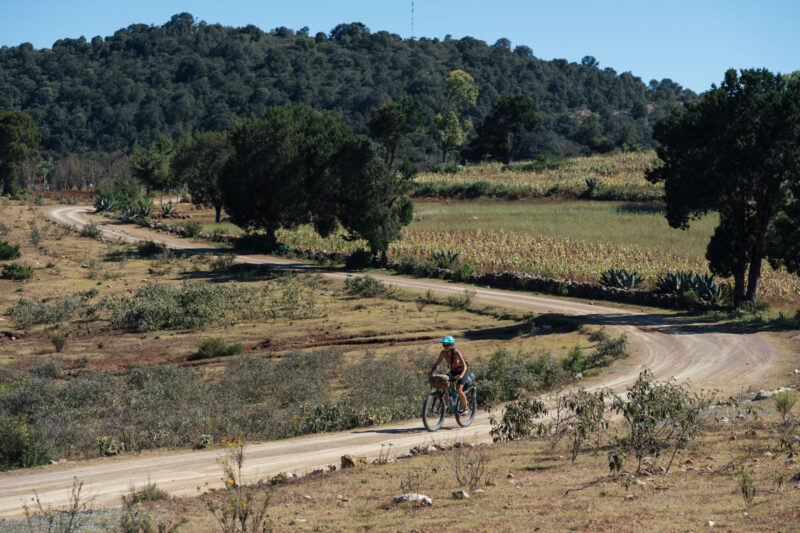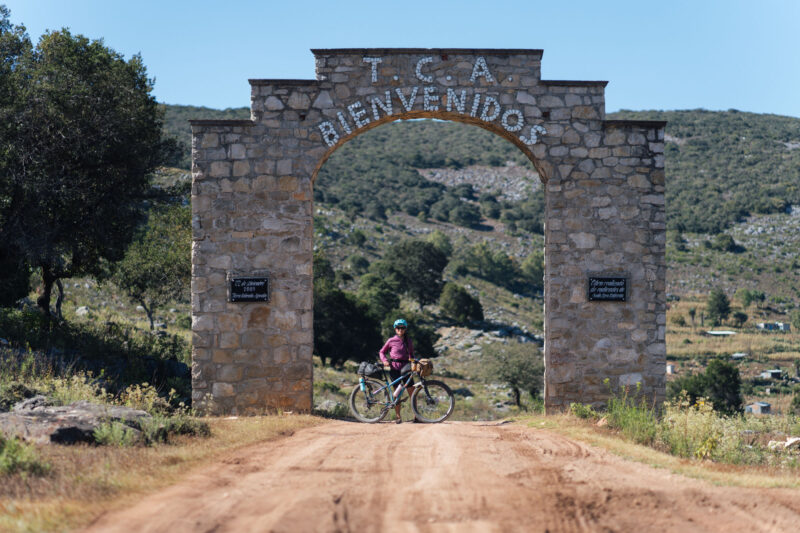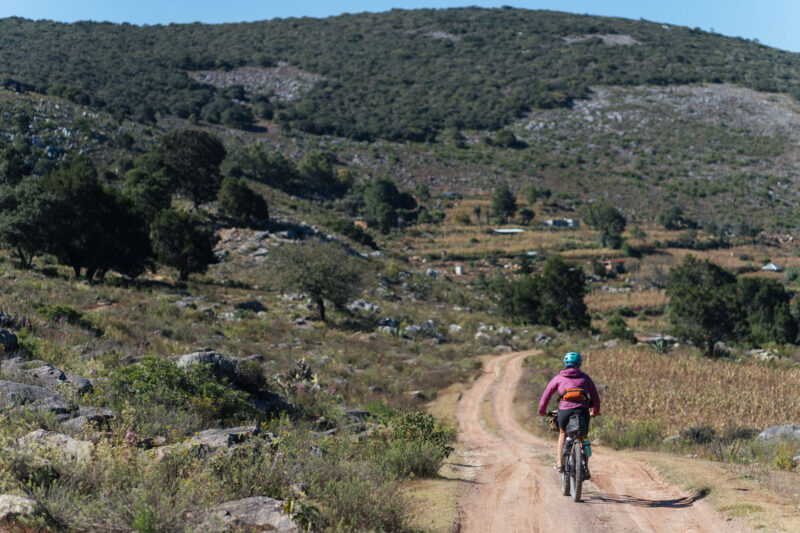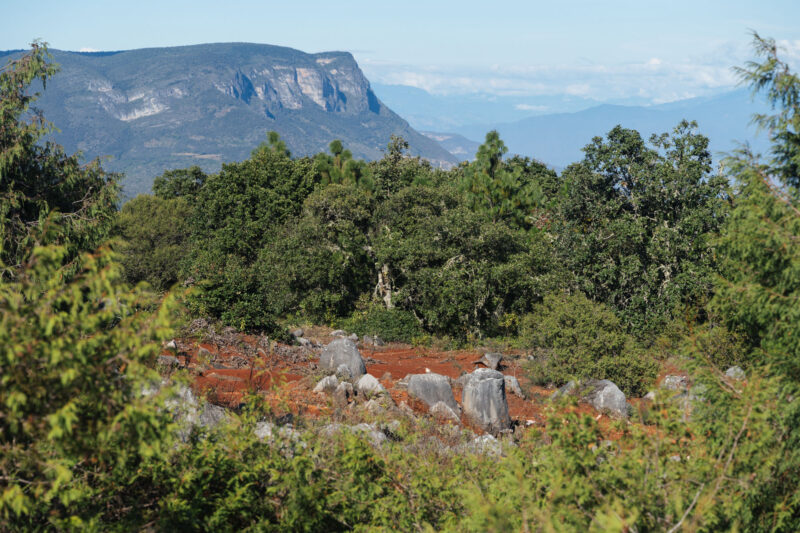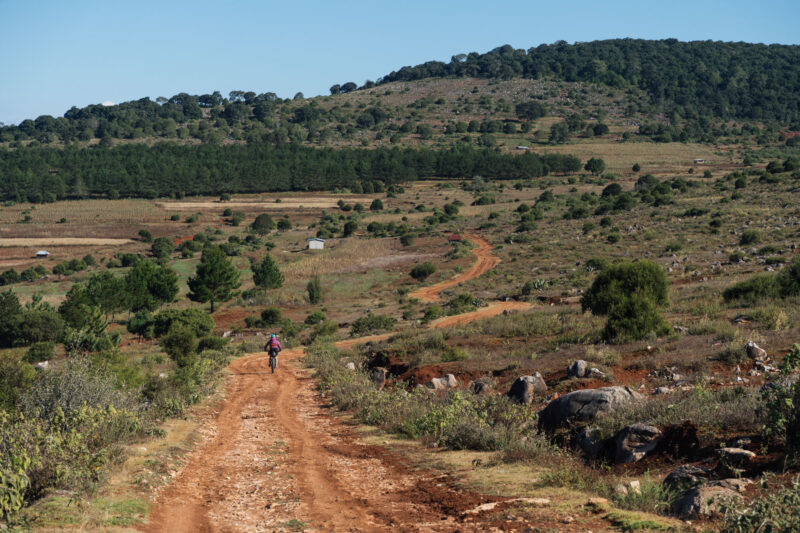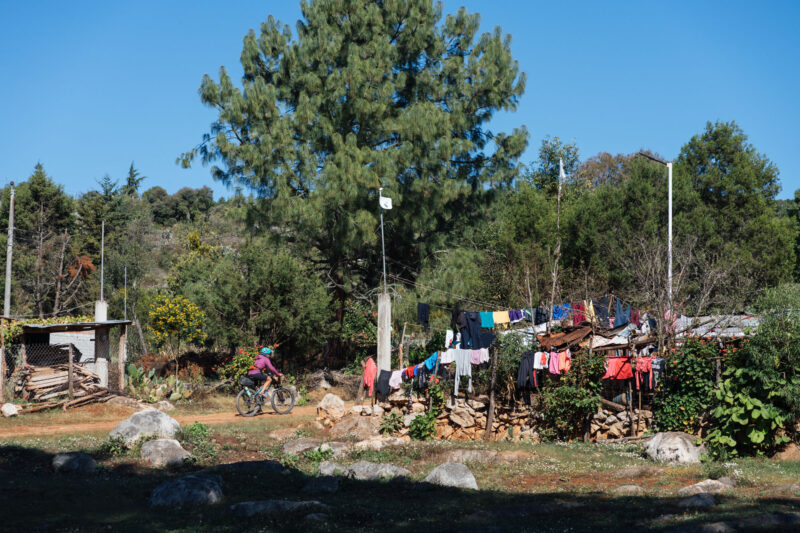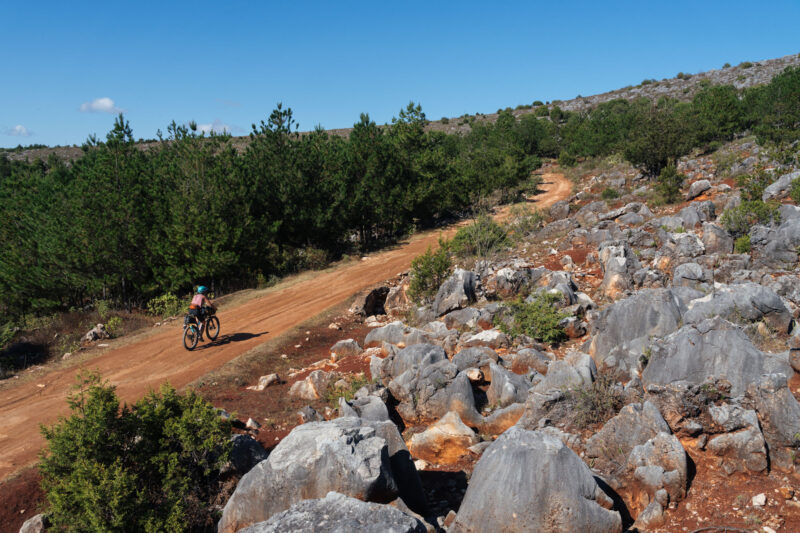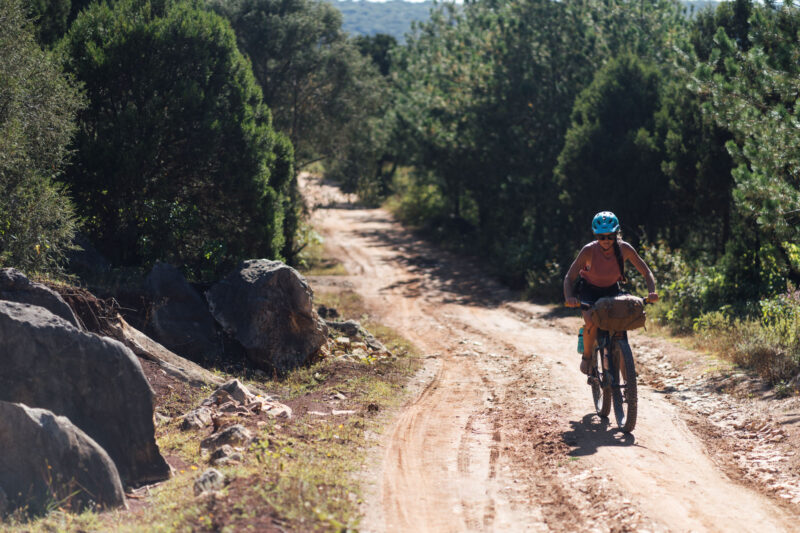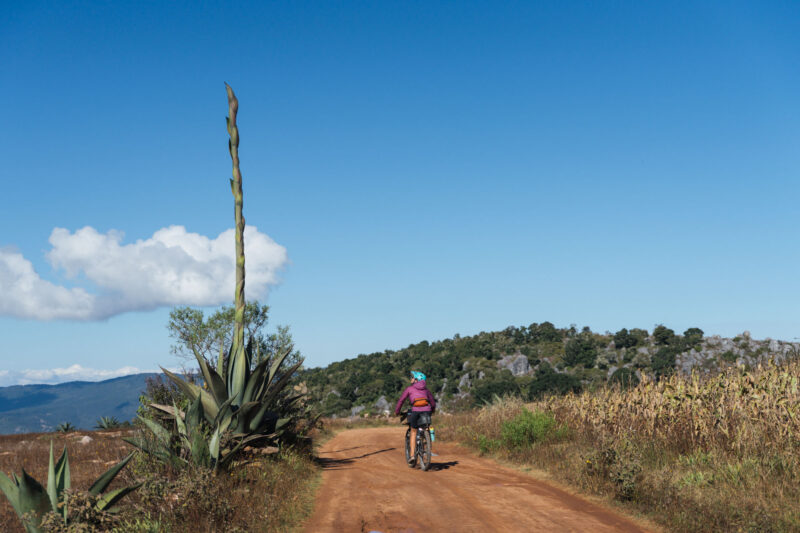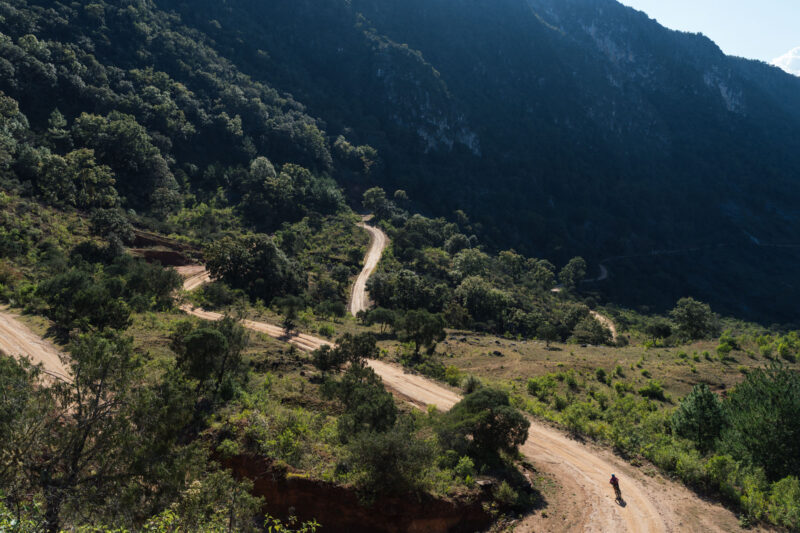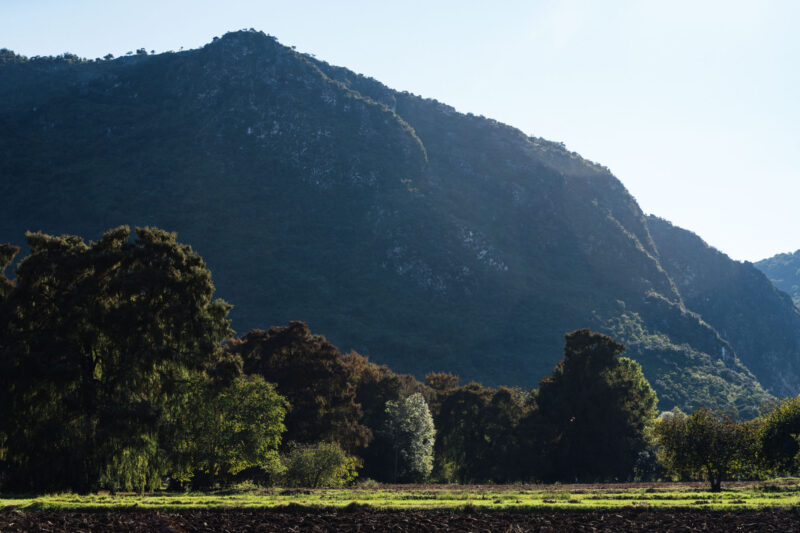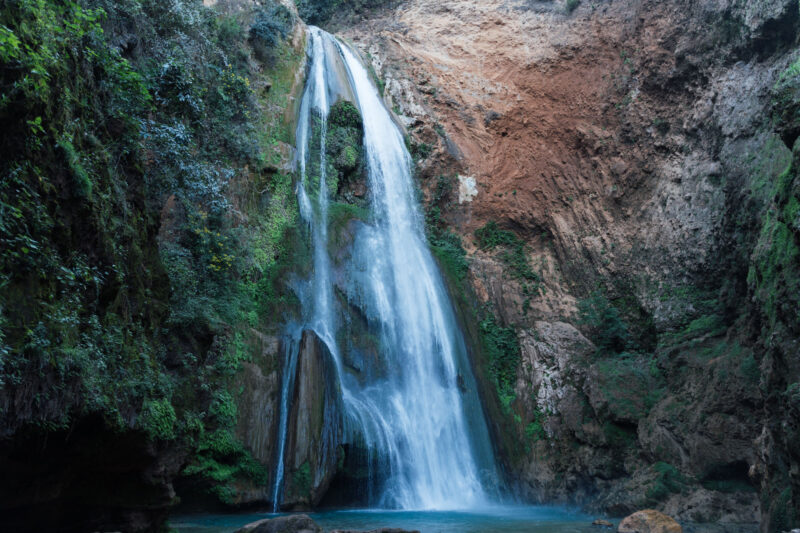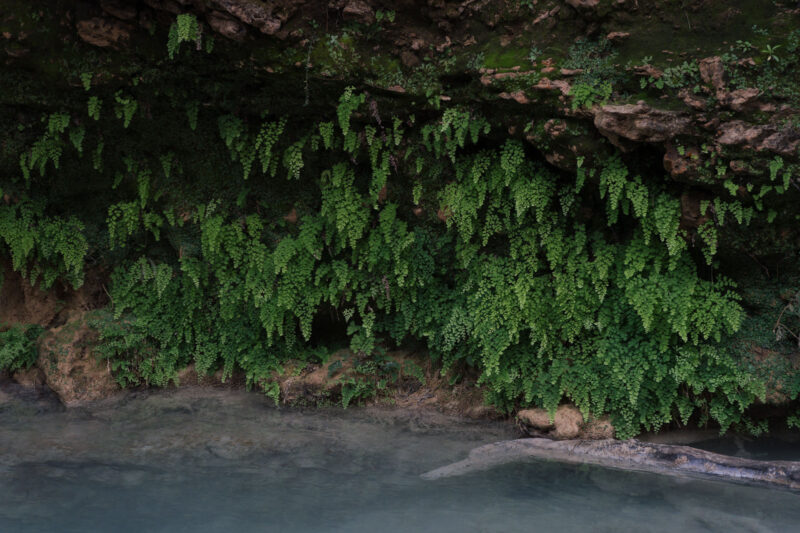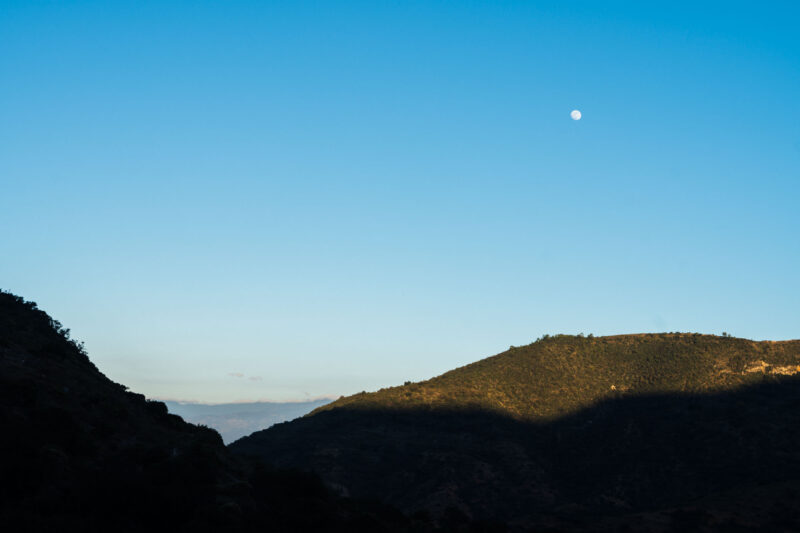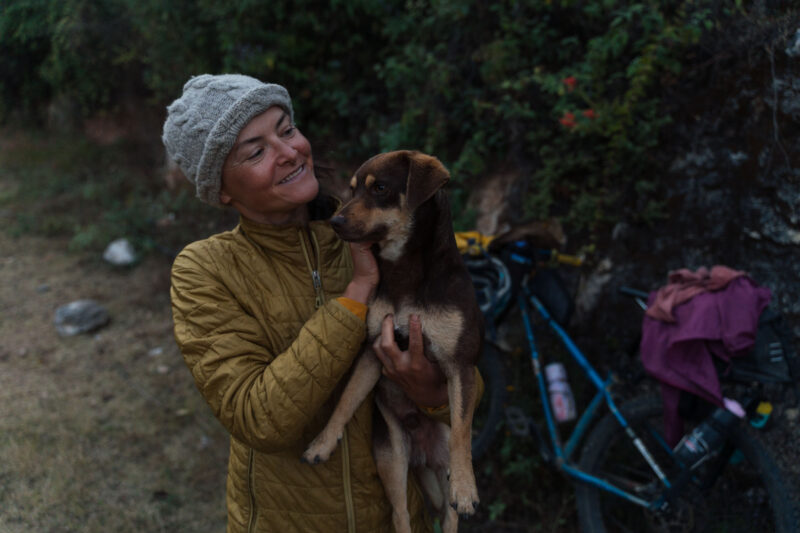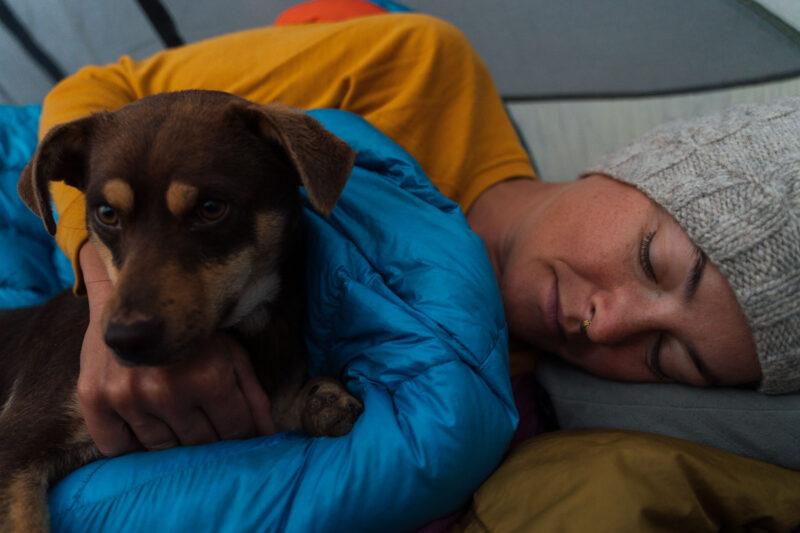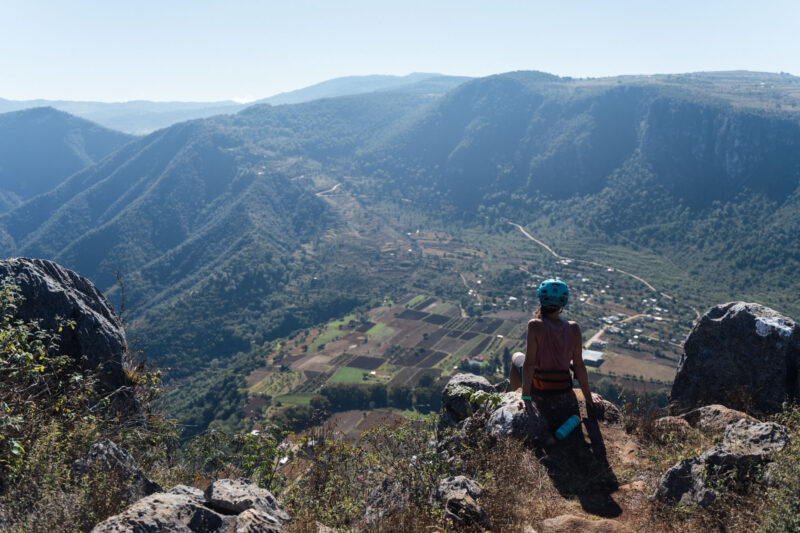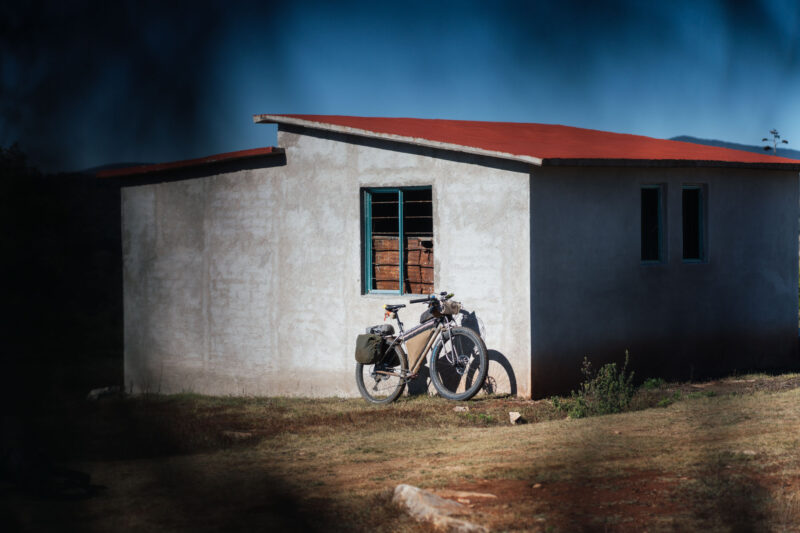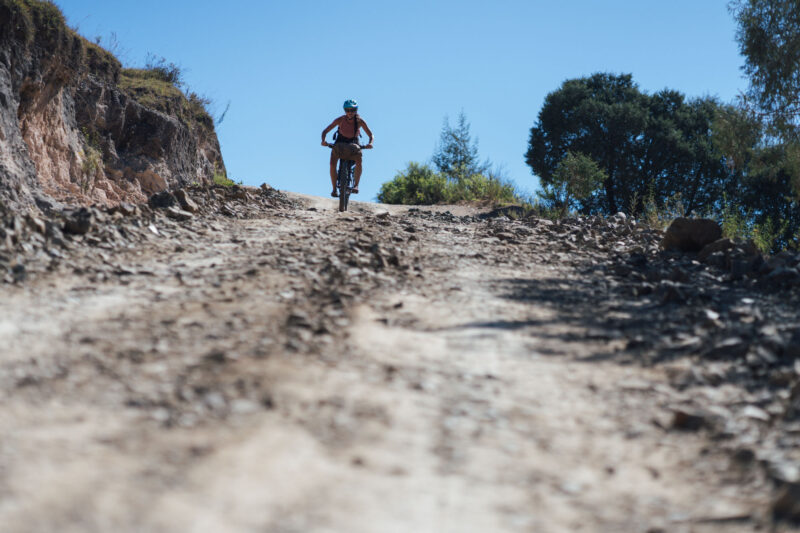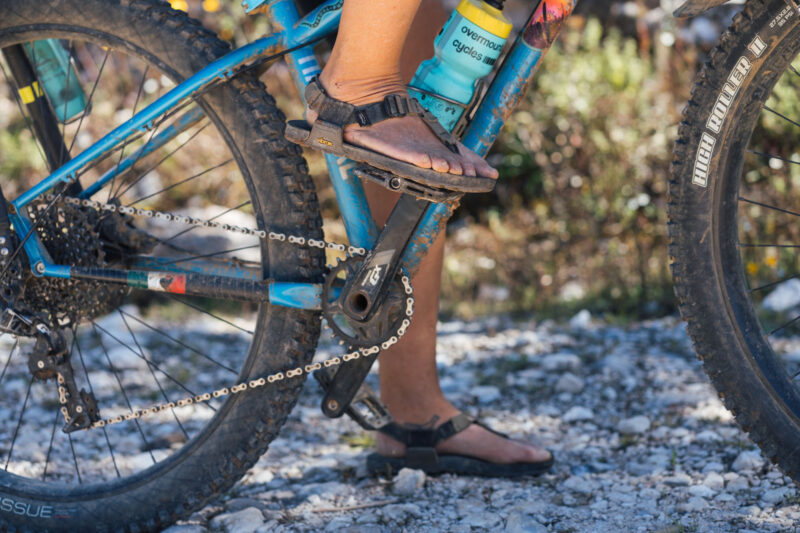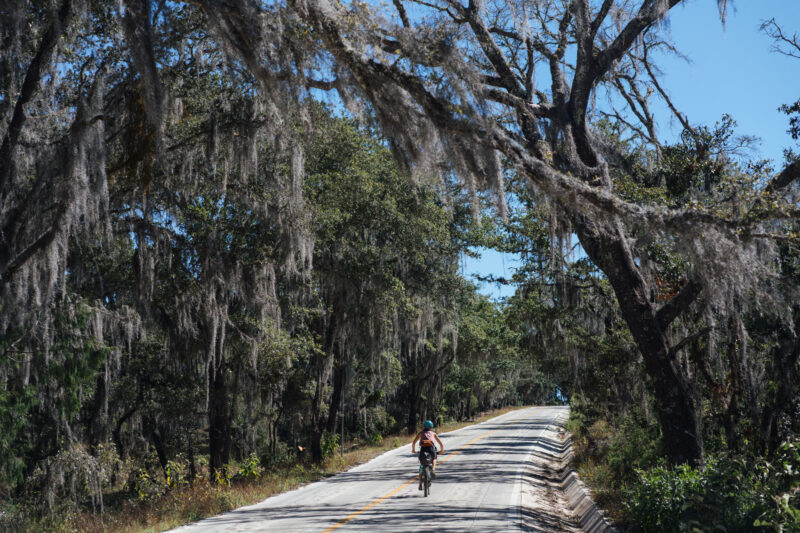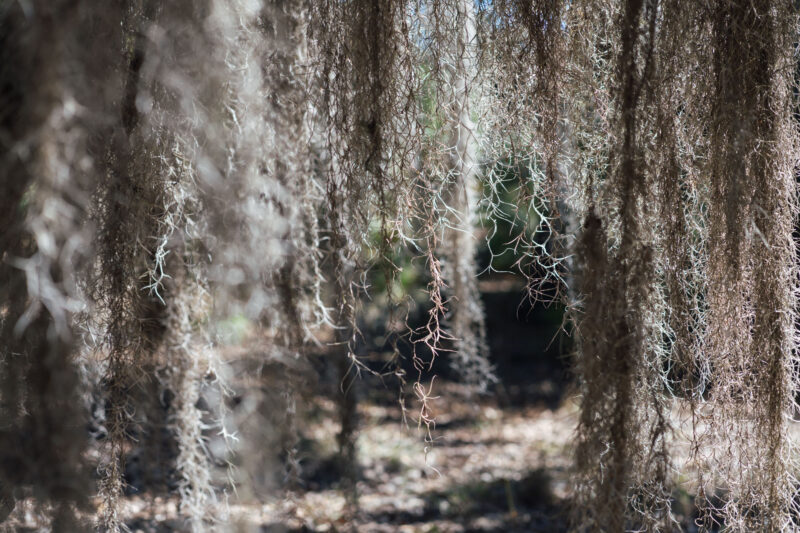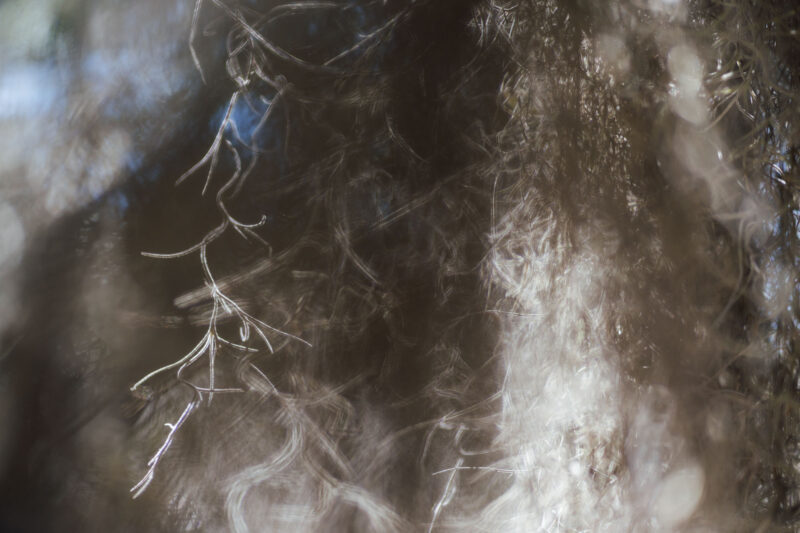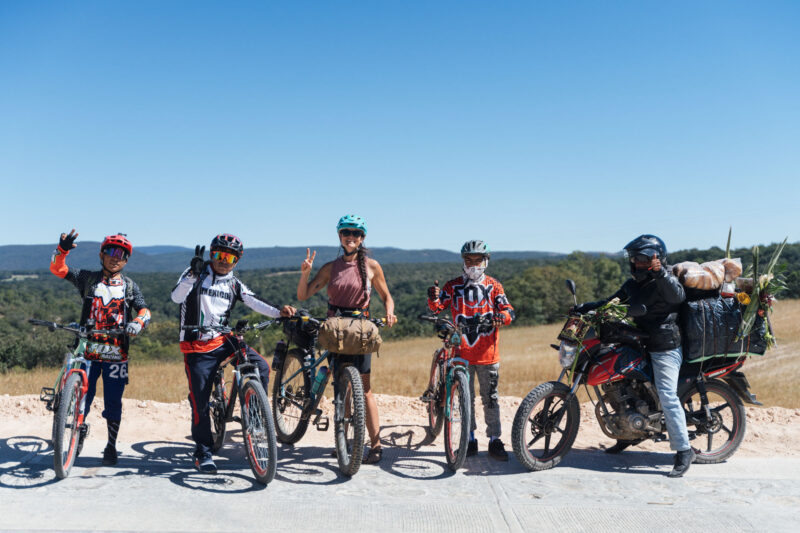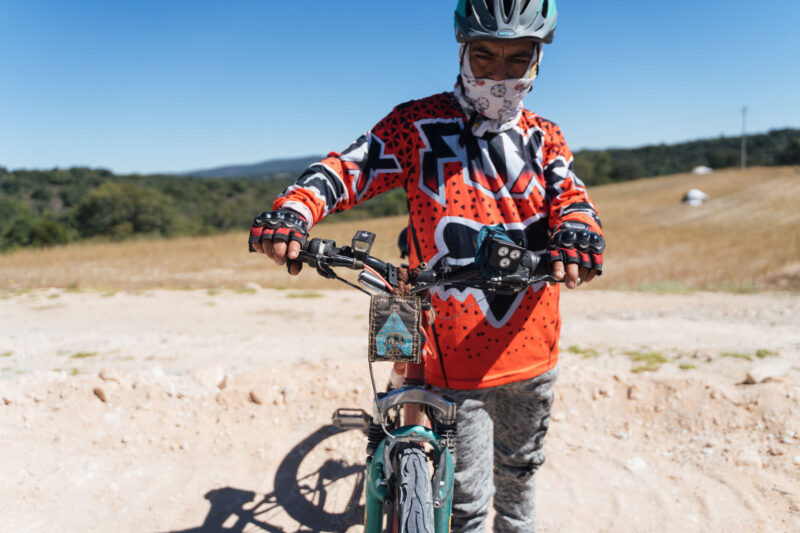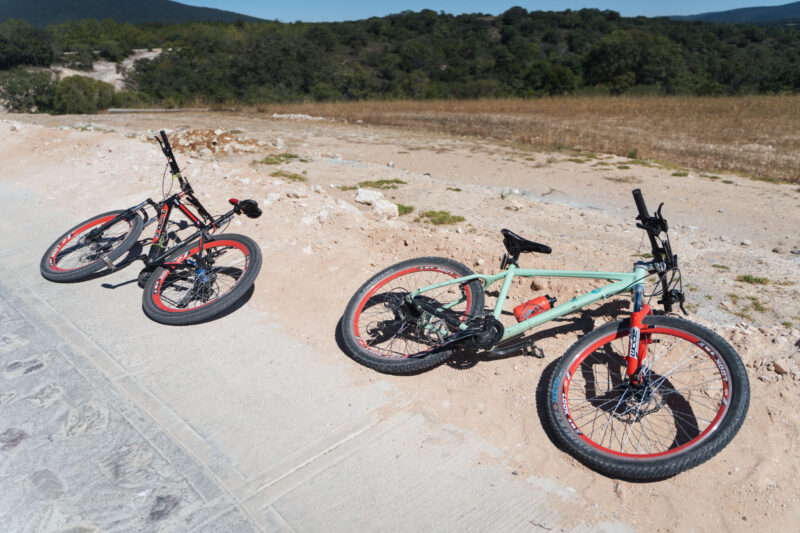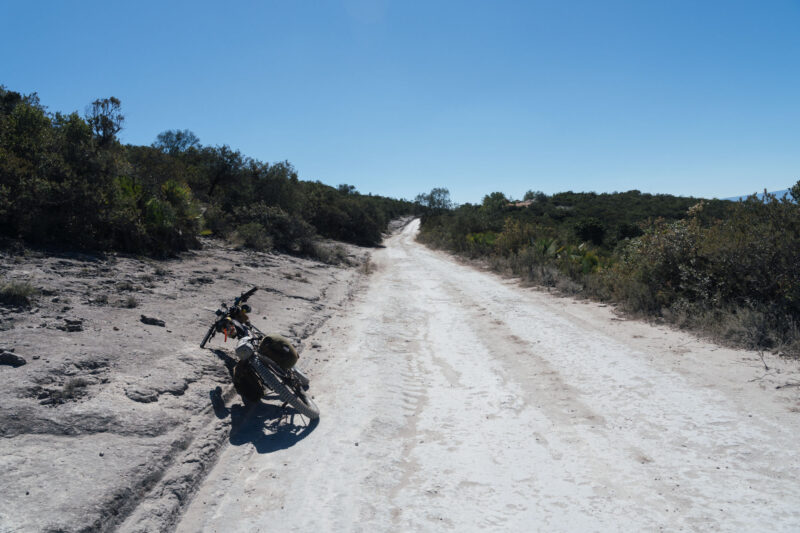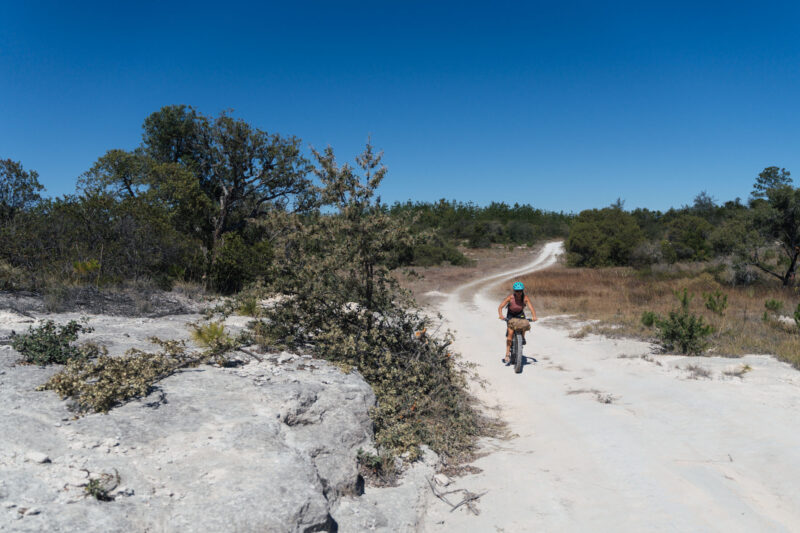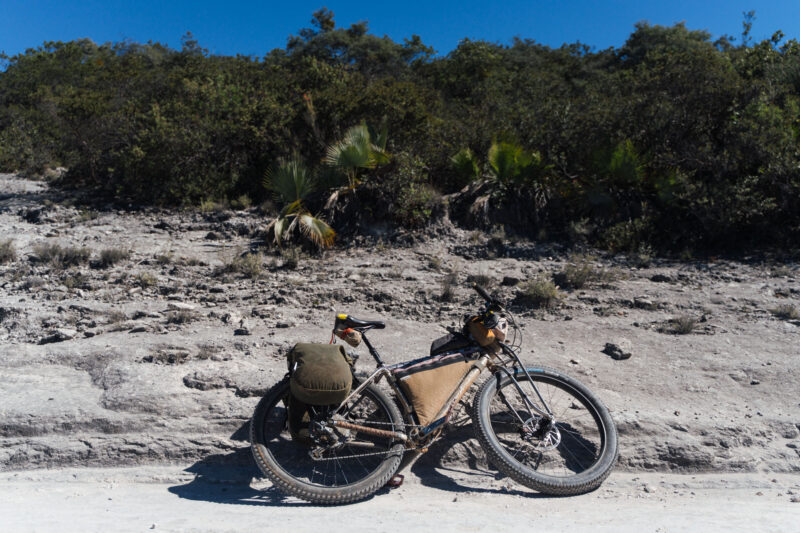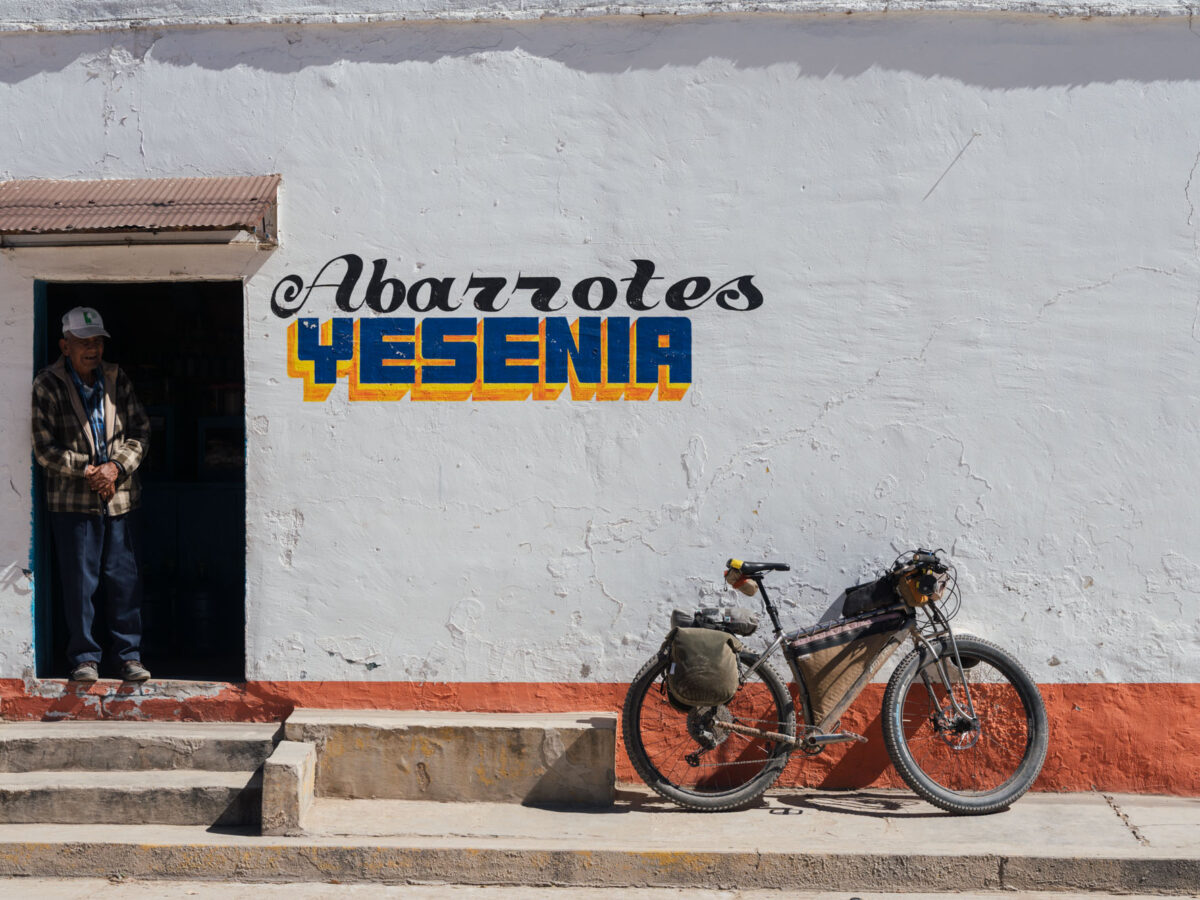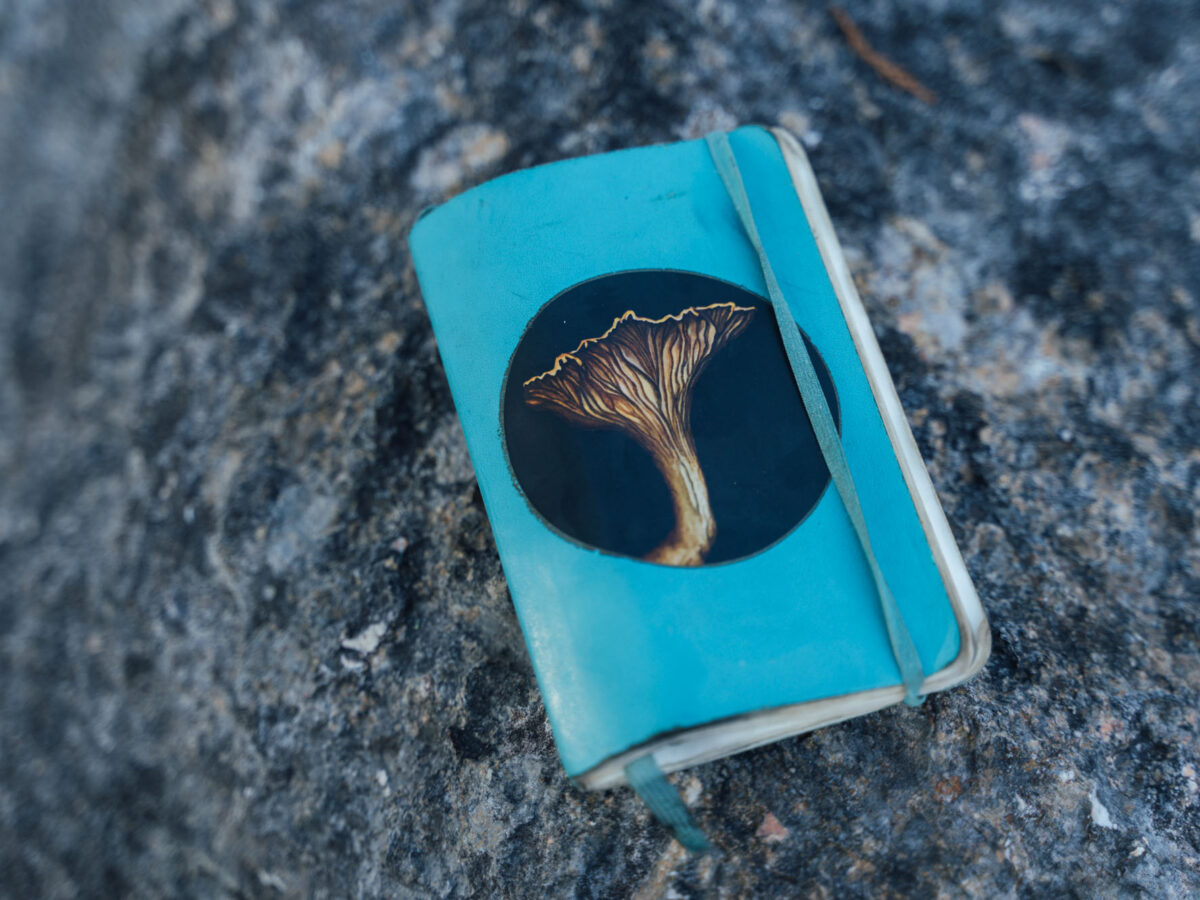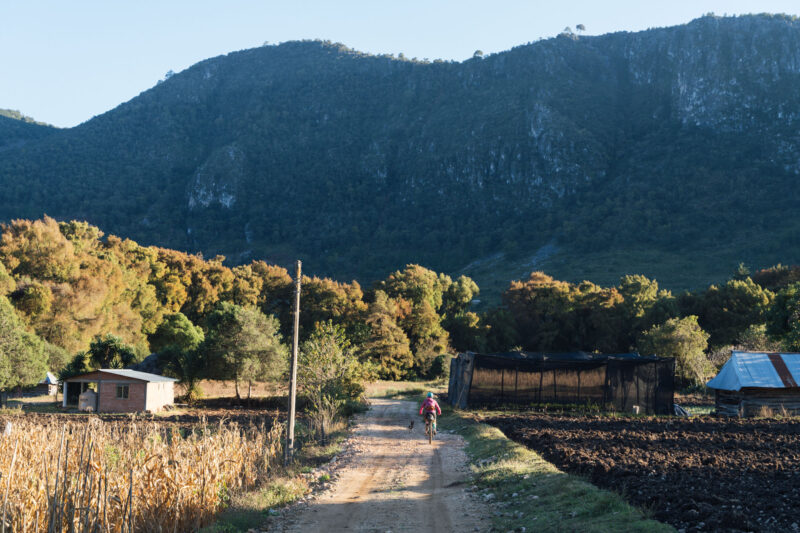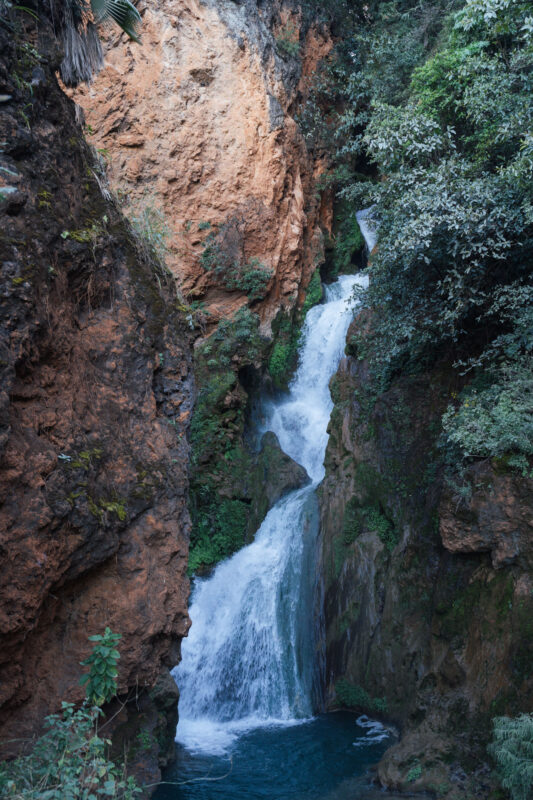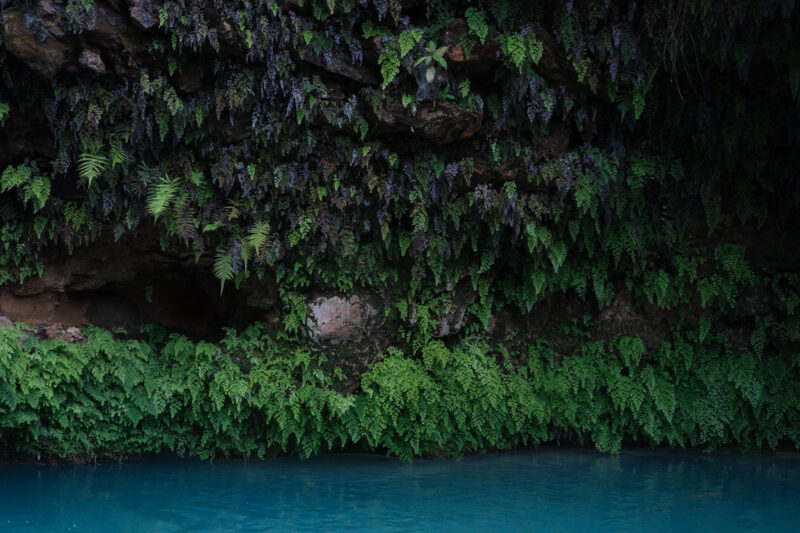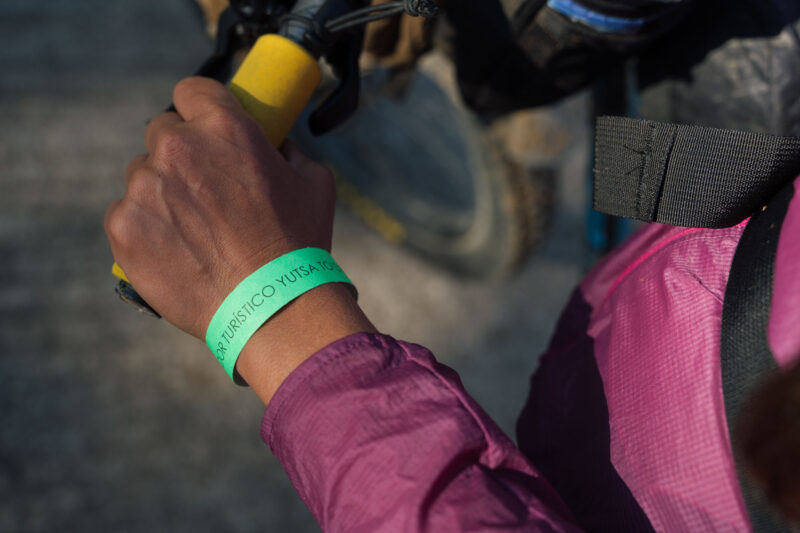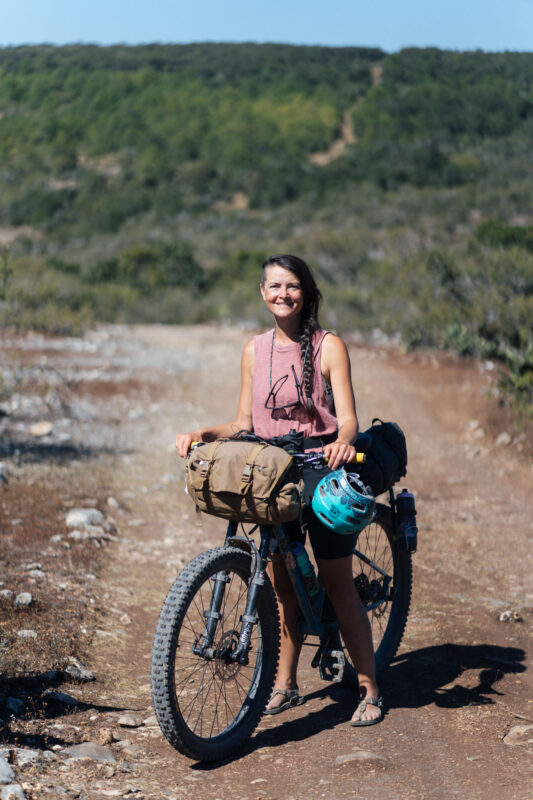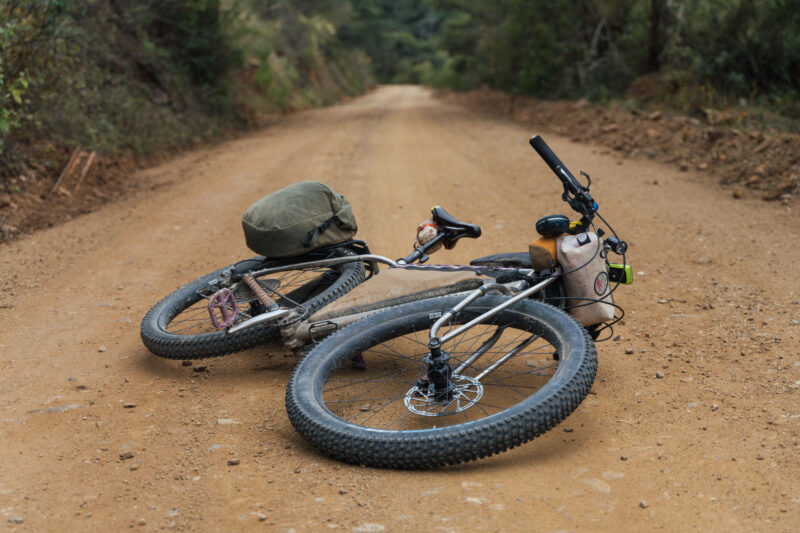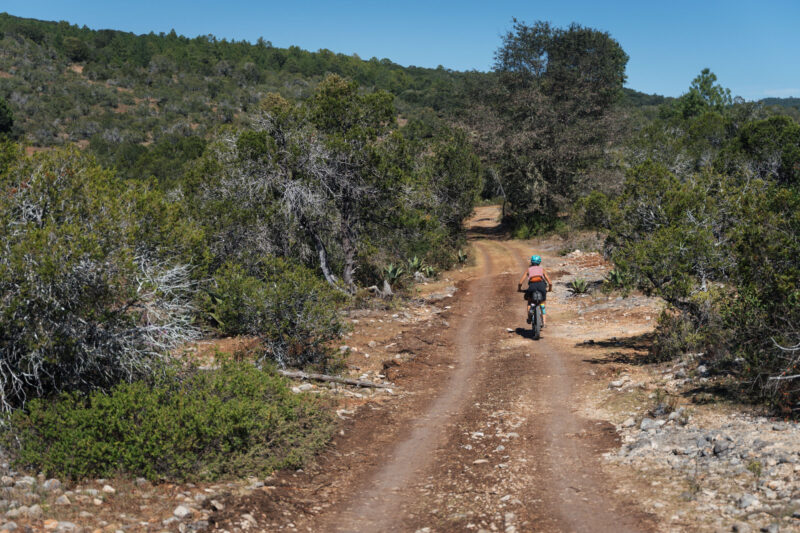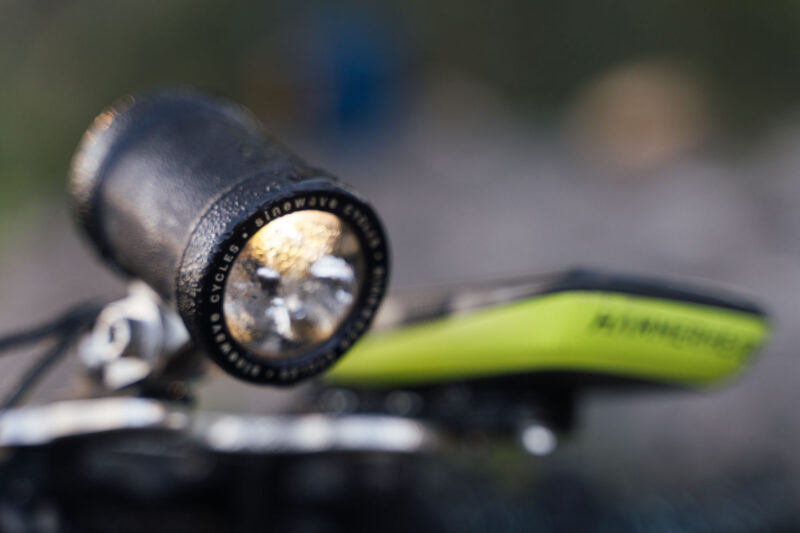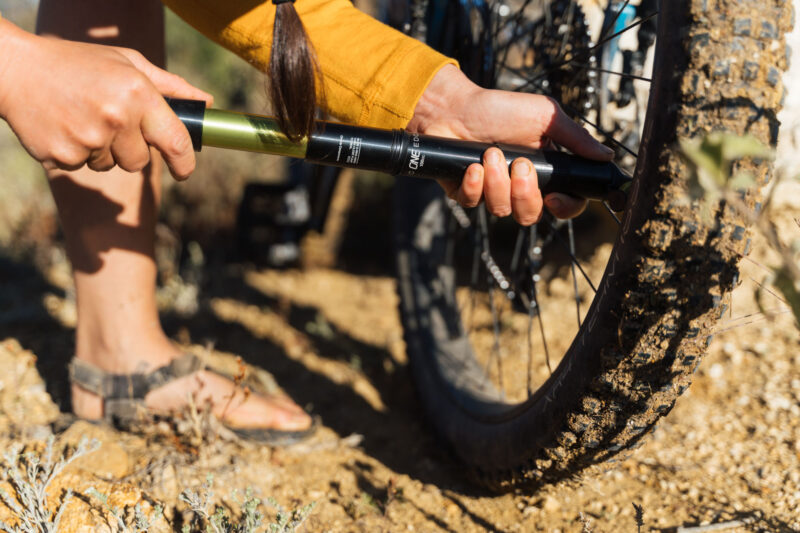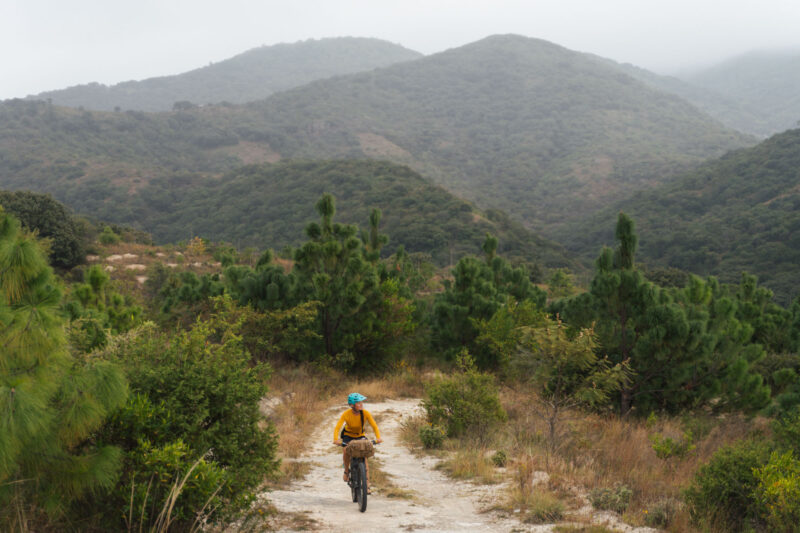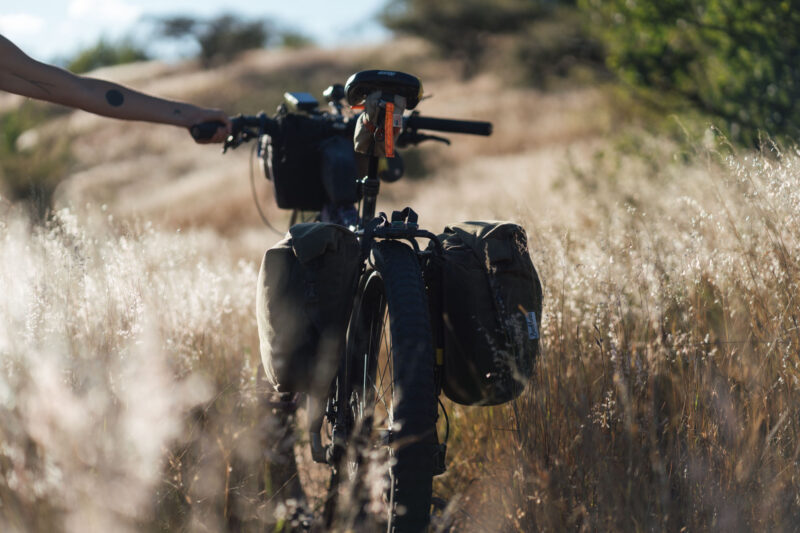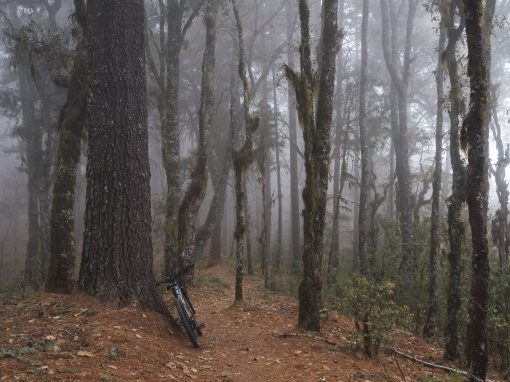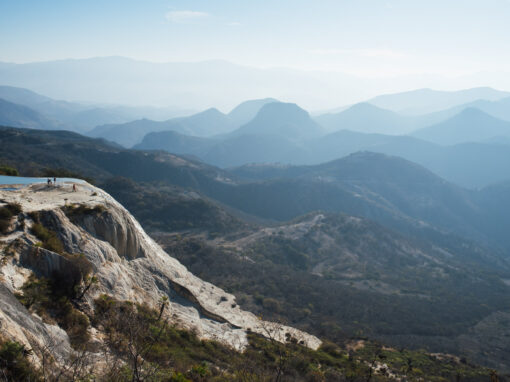(Feb 15, 2023: note that the final version of this route, and the one which will be updated, has now been published on Bikepacking.com)
When I first arrived on the Mexican mainland – after ridding the Baja Divide in February 2020 – I headed down with my buddy Nicolas to the Reserva de la Biósfera Tehuacán-Cuicatlán, a biosphere that straddles the state border between Oaxaca and Puebla. The riding was fantastic and we put together two routes for Bikepacking.com – one on the Pueblan side (Ojos de Tehuacan) and one on the Oaxacan side (Ojos de Cuicatlán) – just before the world shut down for a while…
The more southerly of these routes lies a little northwest of Oaxaca City. Although it’s easy to reach by public transport, it was always the idea to link it to the city, and connect the two routes in the Reserva de la Biósfera Tehuacán-Cuicatlán to each other. Finding a fun way out to Santiago Apoala, through which it passes, is part of that project. And it’s something we finally got to do last weekend.
The route we followed tapped into some dirt road riding through the Etla Valley (including west on dirt roads to San Felipe Tejalapam, one of my favourite half-day rides), passing through a barricade of rugged foothills north of Santo Tomas Malzaltepec, before connecting with the now-abandoned railroad that once ran from Oaxaca to Puebla. Then, it climbed out of the valley into Tierra Colorada – a land of big skies, rocky outcrops, juniper trees, and red dirt. Onwards, it wended its way to San Felipe Apoala, where there’s a community-run, eco-tourism project in place, as well as an impressive waterfall and towering limestone cliffs pocked with rookeries and caves.
Friend and fellow bike traveller Alain had recently tested out the route on his way to Orizaba (tyre tracks I hope to follow someday) and gave it two thumbs up. The final version that we settled on is largely the same, albeit with a little extra dirt woven in here and there. I’m thrilled with the way it turned out, even if there’s still some potential for further improvement on the final day into Asunción Nochixtlán, due to a newly finished paved road (that whilst quiet, would be nice to avoid). Overall, there’s barely any traffic to contend with and surfaces are almost all dirt, of varying types and grades.
I plan to post this ride to Bikepacking.com (likely as a loop, effectively forming a figure of eight with the more southerly Ojos de Cuicatlan), but for now, here are some thoughts and images whilst they are fresh in my mind. Furthermore, I reckon it would be fascinating to continue tracing the old railway line all the way to Tehuacan, which the Ojos de Cuicatlan route does in places.
Initially, we headed out west out of town, towards San Felipe Tejalapam, tracing one of my favourite day rides. No Huesos, but no shortage of Huesos pretenders, either…
The terrain beyond Santo Tomas Malzaltepec is especially rugged and beautiful, with views back towards Cuatro Venados, another regular haunt for overnighters out of the city.
Great camping country here, too.
The mountains were brooding that morning, but luckily we dodged the rain.
Then, out of.the foothills we descended, to trace the old railway line through the valley. The Mexican Southern Railway ran from just 1892 to early 2000. In places it was barely visible, in others it’s well preserved and celebrated. Villages dot the way; in Santiago Suchikitongo, we stopped for a breakfast barbacoa ‘n grits, amongst the best barbacoas I’ve had in Oaxaca.
As we were standing and petting a dog outside of the old station in Sedas, Marco Polo Bravo popped his head out and invited us in to see his collection of train memorabilia. His father – Eleazar Cordero Bravo – had lived and worked in this very building for 36 years, the last of the station masters in Oaxaca. After we’d looked around, Marco Polo tapped out our names in morse. One photo showed construction of the railway line, helped in part by British railway engineers. “They were tall and bearded”, he said. “You might be related!”
Continuing our journey along the old line, we stopped to fill water bottles from a rusty tap in Parian, where we were befriended by El Maestro and his friends. It was Sunday and the streets were quiet. He told us that Parian was once a frenetic hub for traders bringing salt on donkeys from the coast, to be transported by train to Puebla and beyond. “You could barely move on a Sunday, it was so busy,” he reminisced.
Then it was time to climb out of the valley once more, as we left the rail zone for the bromeliad zone… Fine camping ‘n coffee potential in the Mixteca, it must be said.
And heavenly dirt road riding too! The donkeys and dogs were also of a friendly pursuasion.
By now, we’d crossed into La Tierra Colorado. Up at 2000m, this land reminded me of New Mexico, with its red dirt, claggy soil, and junipers. Pulque seems to be the name of the game here, alcoholic beverage-wise.
I rode the Jones SWB on this trip, with my new SON dynamo hub wheelset and a set of beautiful Buckhorn panniers that compliment my framebag – lashed to an Old Man Mountain Divide rack. I’d like to think the aesthetics of this bike, its ‘old fashioned’ setup, and the soft hues of these bags added to the beauty of the environment around us!
Washing day in the Tierra Colorada…
A descent led us down to Santiago Apoala, where we hiked down to its famous waterfall (I swam, briefly!) before pitching the tent at the eco-centre.
A long-bodied, short-legged little fella we called Hugo guided us there and back, then settled in for the night in the tent…
From there, we climbed back up to a perch overlooking the village, before following a road that was draped in Christmas Lichen, like tinsel. In fact, in Oaxaca this plant is used as a Christmas decoration.
The only cyclists we met were this friendly group from Santiago Apoala. They were finishing up a religious pilgrimage to Santa Catarina Juquila – 3 days to the coast and three days back – to commemorate the Virgen de Juquila.
And then, after running the gauntlet on powdery white roads, we were in busy Asunción Nochixtlán, loading dusty bikes in the belly of the bus for the hour’s drive back to Oaxaca…
THE ROUTE
- Day 1: Oaxaca to Camping; 37.9km, 909m, 2 hrs 52 min riding time
- Day 2: Camping to Camping; 58.7km 1,190m, 4 hrs 26 min riding time
- Day 3: Camping to Santiago Apoala; 74km, 1055m elevation gain, 4hr 20 min riding time
- Day 4: Santiago Apoala to Asunción Nochixtlán; 38.9km, 885m, 2 hrs 43 min riding time
We left Oaxaca late-ish in the morning and camped early, as it was such a lovely spot. Day 2 involved a slow morning start (it was Barbacoa Sunday, after all) and lots of chit-chats. We camped near the top of a pass but there are other options further in too – see map for suggestions. We rode to Santiago Apoala on Day 3, visiting the waterfalls and the laguna that’s below them that day – with more time, we’d have checked out the gruta as well. Day 4 was a relatively shorter ride to Asunción Nochixtlán, from where we took the bus back to Oaxaca City. The big buses leave from the ADO station and whilst their schedule is less regular than the little micros, they’re more practical for cyclists as bikes fit easily in their bellies.
Field NOtes
We averaged around 1000m of climbing a day; enough to feel like we’d done some work, but always felt fresh the next day. People were especially friendly, so we enjoyed stopping to chat. Temperatures weren’t too low – I was fine in my summer quilt – except for Santiago Apoala, which loses light early and is slow to find it again, and feels a lot cooler as a result. Camping isn’t an issue along the way, nor is food. We spent our last night camping at the Centro Ecoturistio in Santiago Apoala. It’s 50 pesos for a tent and you can pay for wifi at the office if you buy a ficha. There are a few comedor options too, including at the cabanas. To visit the waterfalls and the caves, head to the office and sign in. It’s 50 pesos per person to visit them (they’ll give you a wristband), which you can do at your leisure or with a guide. Hugo came along to keep us company!
THE BIKES
The route is pretty rough in places, so a mtb-style setup works well. Suspension isn’t needed but it’s nice to have. I opted for a 29 x 3.25in tyre up front on the Jones SWB, aka my Basher Setup! There’s very little pavement aside from the last day (and you can edit that out – see map for suggestions) so a big tyre rarely feels OTT. I certainly didn’t feel overbiked and nor did Emma.
My Buckhorn bags returned home dappled in dust and red dirt, and look all the better for it. Gear-wise, I was representing the US New Mexico with my Buckhorn framebag and panniers, a Farewell tool bag and handlebar bag, an OMM Divide rack, a Sinewave Beacon v2 for lights/device charging, and an OMM Divide rack.
Emma was piloting her Advocate Hayduke, with a BXB Goldback (M) up front and her Tailfin Aero Pack at the back, with a couple of extra water bottles attached to it.
